Noon Report:
- Location: N 36° 26.78′, E 028° 14.01′
- Speed: Docked
- Course: Docked
- Weather: Partly Cloudy
- Temperature: 17º C; 63º F
- Wind: SSE 5 knots; 6 mph
Woke up to a great sunrise this morning as we pulled into port.
We were impressed with the castle, ancient city wall, and whitewashed “new town.”
After a quick breakfast it was off on a 3 hour walk around the old town.
A bit about the Knights of St. John of Jerusalem (aka the Hospitallers). They were a religious order of monks founded in the 11th century to take care of wounded and ailing crusaders and pilgrims to Jerusalem. After the fall of Jerusalem, and a short stay in Cyprus, they settled in Rhodes in 1309 and during their 200-year rule of the island, as the Ottoman Turks attacked several times, they soon split off a military order to defend those in their care. The Knights came from several countries around the Mediterranean and the “Street of the Knights” is a row of houses built by knights from each country. The Grand Master of the order lived and ruled from the palace/headquarters/fortress. This is now a museum housing the beautiful mosaic floors and furnishings brought in by the Italians when they reconstructed it.
First the rooms and furnishings:
Then the mosaics (Persian rugs designs are supposedly based on mosaics patterns as floor coverings):
After that the guide gave us the option of returning to the ship with her or venturing off to find our own way back. We chose the latter. We joined another couple (from the noon trivia team) and headed off to the waterfront in search of the “stag and doe” statues marking the marine harbor (the traditional location of the Colossus of Rhodes – which was never actually there.)
Back at the ship we had lunch and got ready for our next adventure: “Rhodes Culture and Traditions.”
After checking in, we met our guide – “Call me Lefty” and boarded our bus for a drive to the small village of Koskinou where we wandered the streets a bit, stopped to photograph the bell tower of the local church, then stopped at a traditional home that has been converted into a museum.
After some interpretation we wandered a bit more thru the small twisting streets back to the bus.
Our next stop was a D&S (Demo and Shop) at a pottery shop along the north shore of the island. This area is known for fine pottery. We watched a potter turn a vase.
And then we watched…
Lefty explained how to tell if a pot is hand made by seeing the finger markings on the inside.
While this was going on a couple of workers were in the process of marking and hand painting clay pots in preparation for firing.

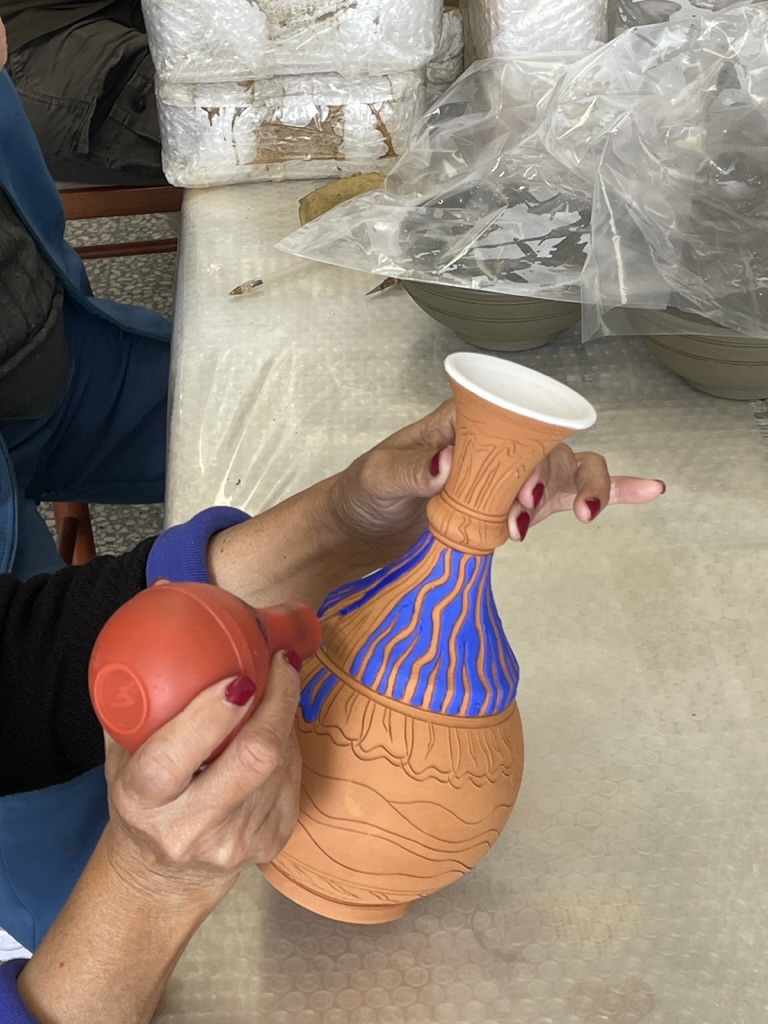
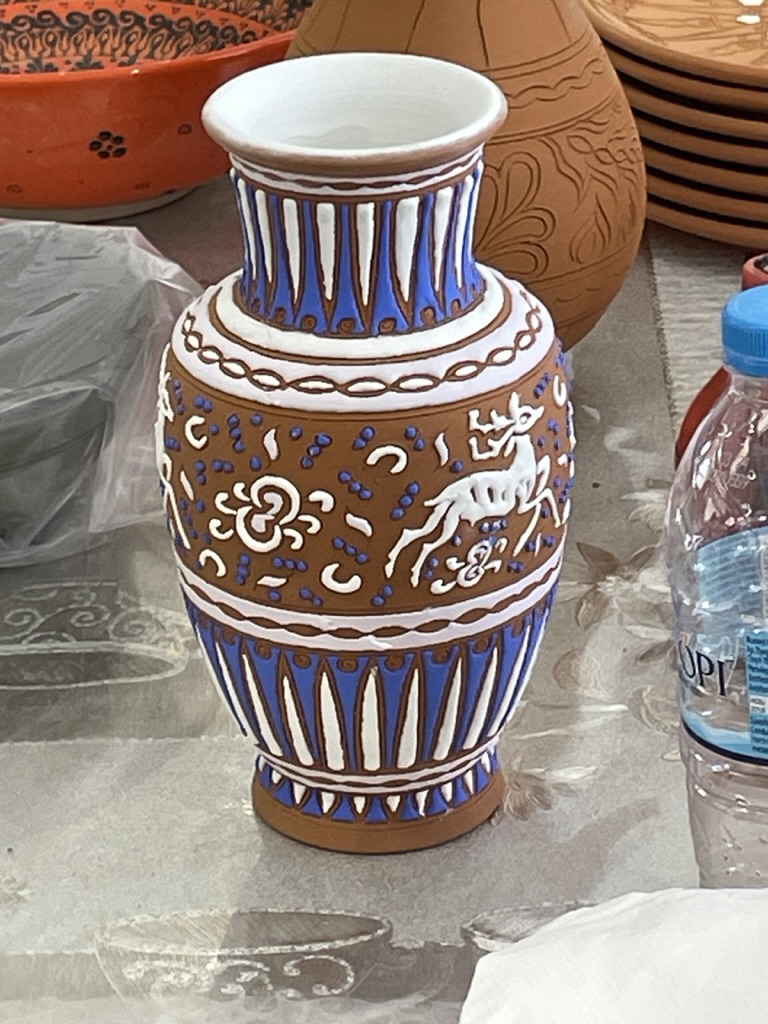
After the demo it was time to shop. We managed to confine our purchases to a teabag saucer.
Our next stop was in a neighboring village where we visited the home of Ariti.
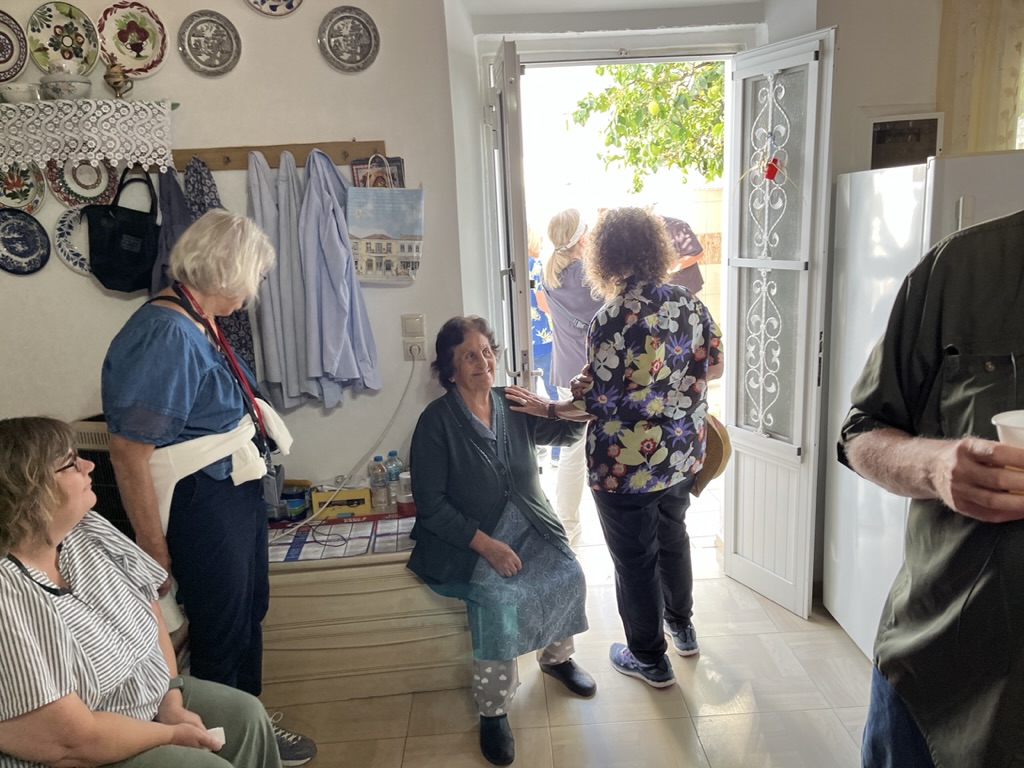
She welcomed us into her home (thru Lefty’s translation) and answered some questions about life in the village. Then she served us a snack of juice plus home made bread with tomatoes and cheese.
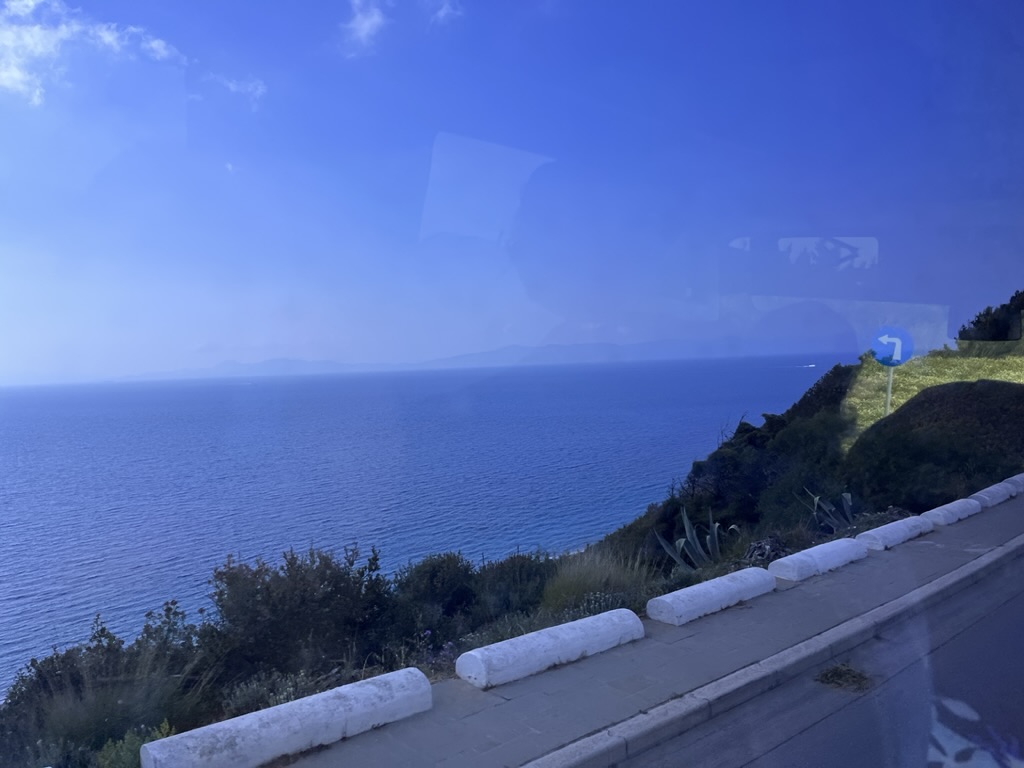
After dinner Cheryl had a massage for her sprained ankle (since we are hiking all over Ephesus tomorrow) and I headed up to the Explorer’s lounge…
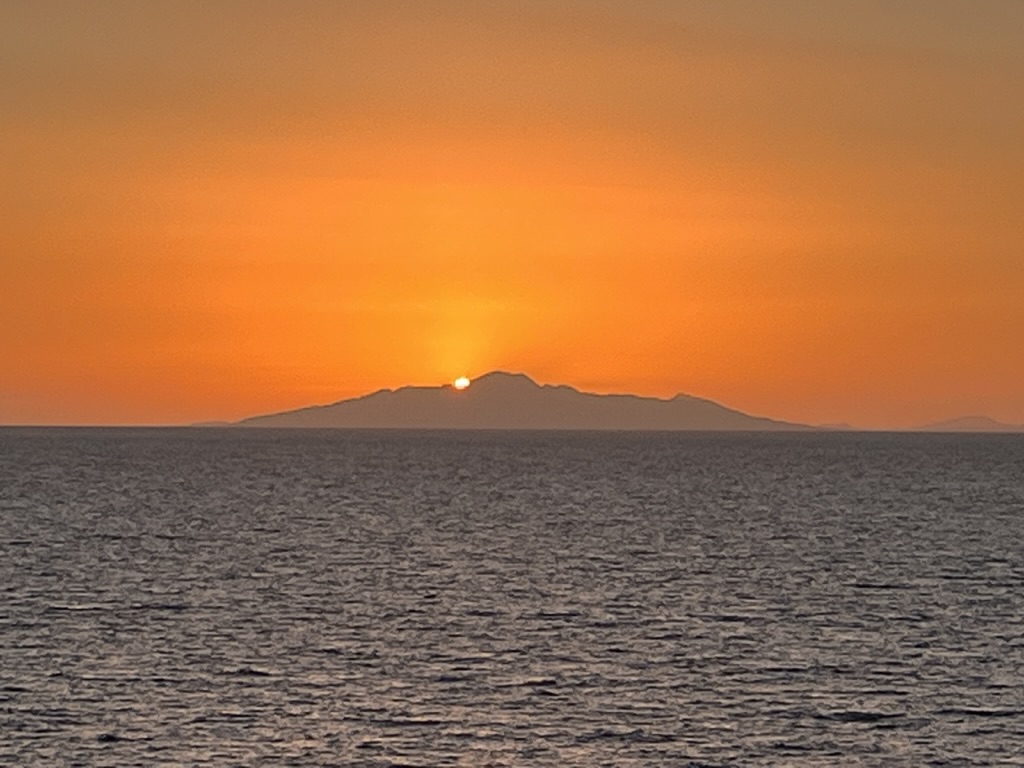
…and turn in a respectable 13 / 22 at BBB.
Tomorrow we’re in Ephesus. Unlike today it’s gonna be a long day, so now we sleep.
Nite all,
R
Cheryl’s Factoids:
- The palace of the Grand Master of the Knights of St. John was built on the foundations of an ancient temple to the sun god Helios and was probably the spot where the famous Colossus of Rhodes actually stood in ancient days (NOT astride the entrance to the harbor as is recounted in myth. It was known as one of the Seven Wonders of the Ancient World). The palace was originally built in the late 7th century as a Byzantine citadel but the Knights converted the fortress into their administrative centre. It was first remodeled after a large earthquake then in 1856 it was destroyed by a large explosion of gunpowder (some say by lightning, some say by treachery during an Ottoman attack) that was hidden in the basement of the nearby St. John Church. It was then rebuilt in 1940 by the Italians using the original drawings. They reconstructed it to be a holiday residence for the King of Italy and later for Fascist dictator Mussolini – who never got to live there due to the outbreak of WWII. After Suleiman the Magnificent took over Rhodes, the Knights spent 300 years moving from place to place in the Mediterranean until the King of Spain gave them the island of Malta to be their new home. Napoleon attacked and captured Malta on his way to conquer Egypt in 1522.
- When it was part of the Roman Empire, the apostle Paul came to visit Rhodes and converted some of the people to Christianity. After the fall of Rome, Rhodes was repeatedly attacked by pirates, so the people deserted the old city on the seashore and built hidden cities in the hills. For 300 years Rhodes was part of the Byzantine empire until 1522 when they came under the Ottoman Empire control for over 400 years. During the first World War, the Italians took over and stayed until the Nazis captured it from 1943-45. After WWII, Rhodes was given to Greece in 1948.
- I love the port of Rhodes – if Sydney is the most beautiful modern seaport, then Rhodes is the most beautiful ancient port (we’ve been anchored in a LOT of cargo ports with cranes and miles of boxes before we can get out of the seaport and into the city).
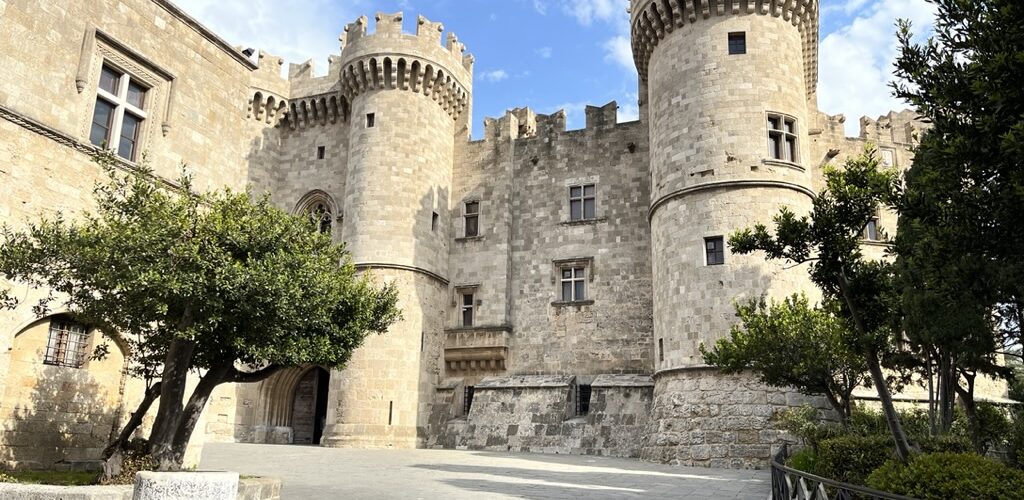
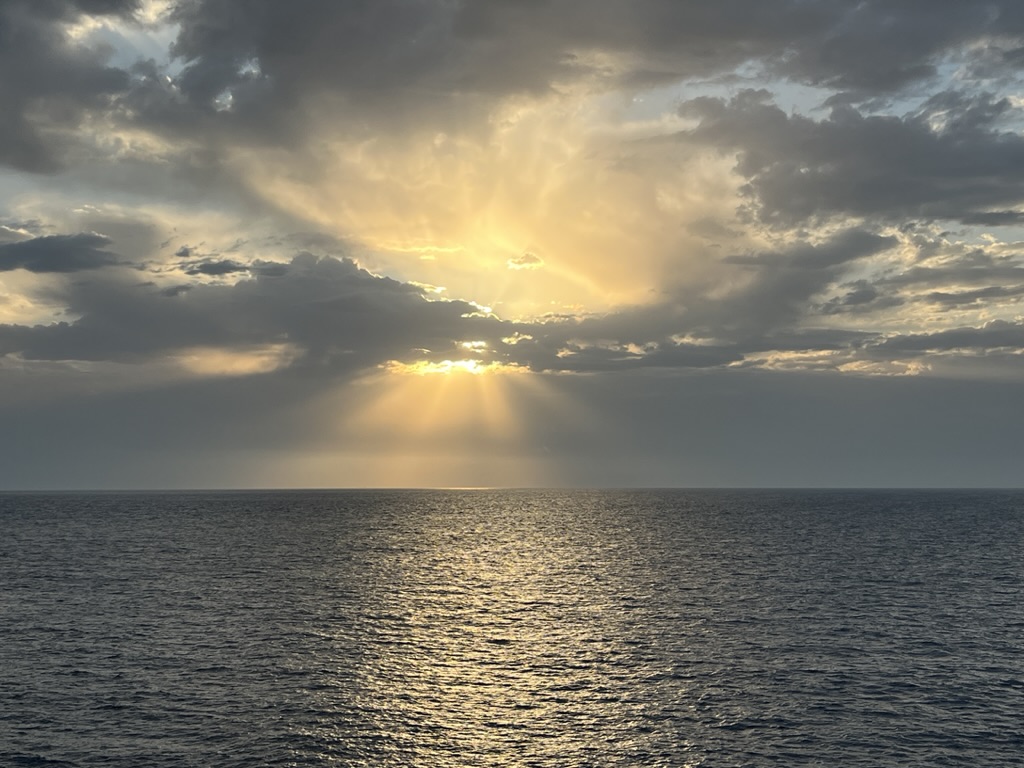
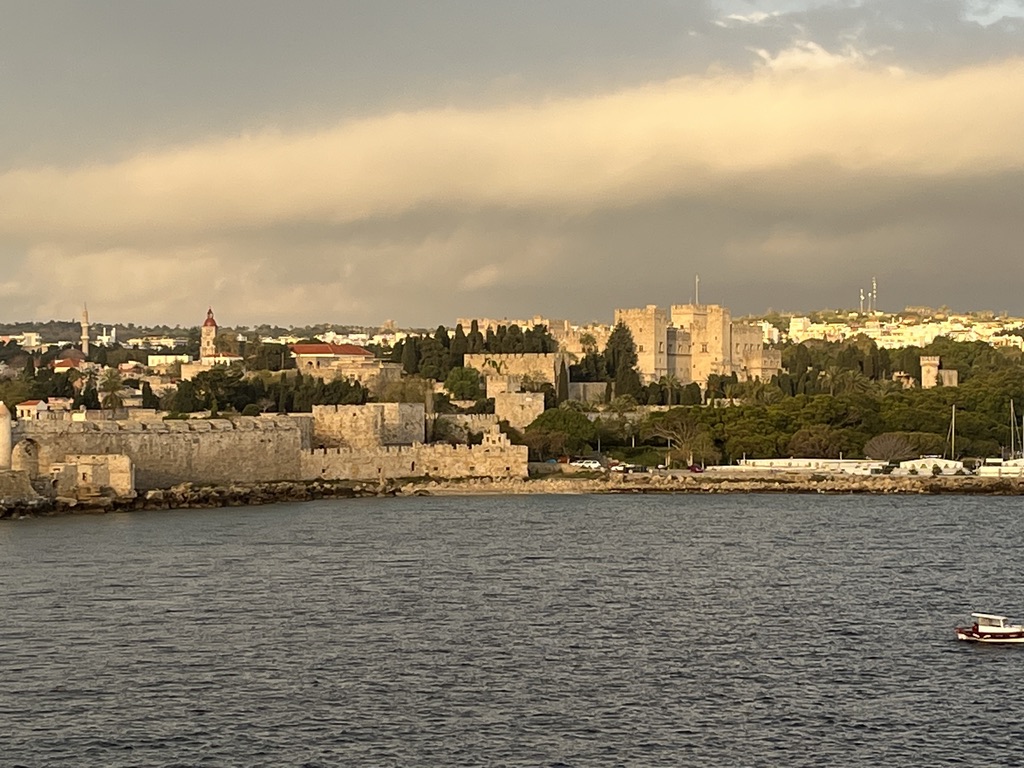
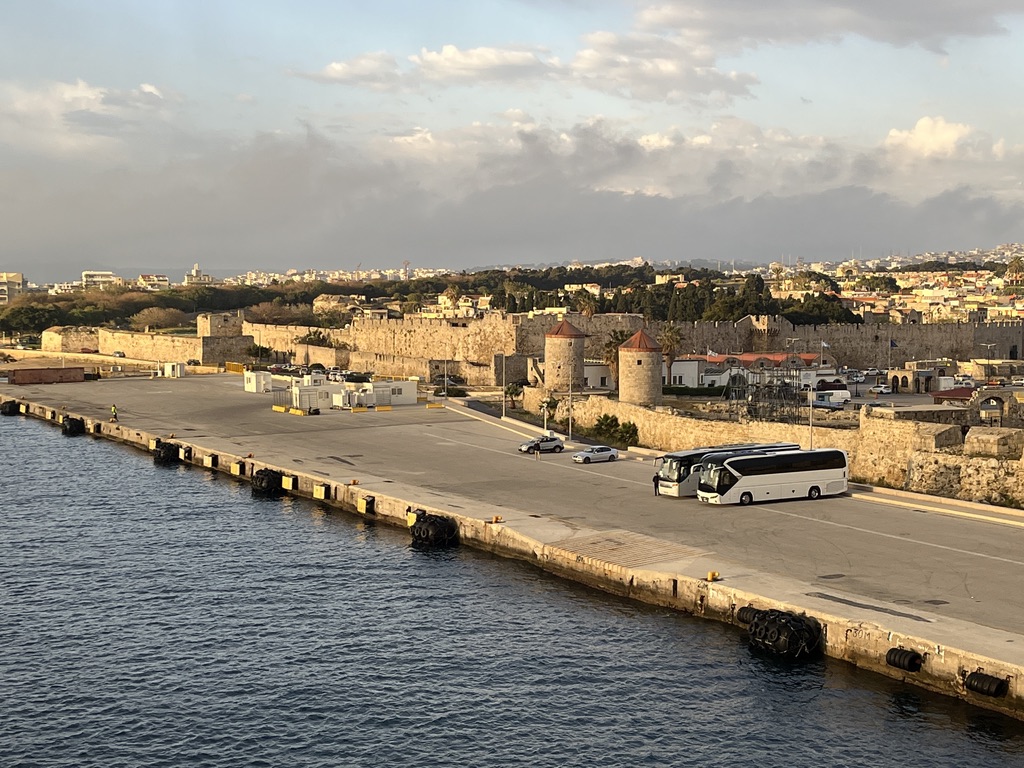
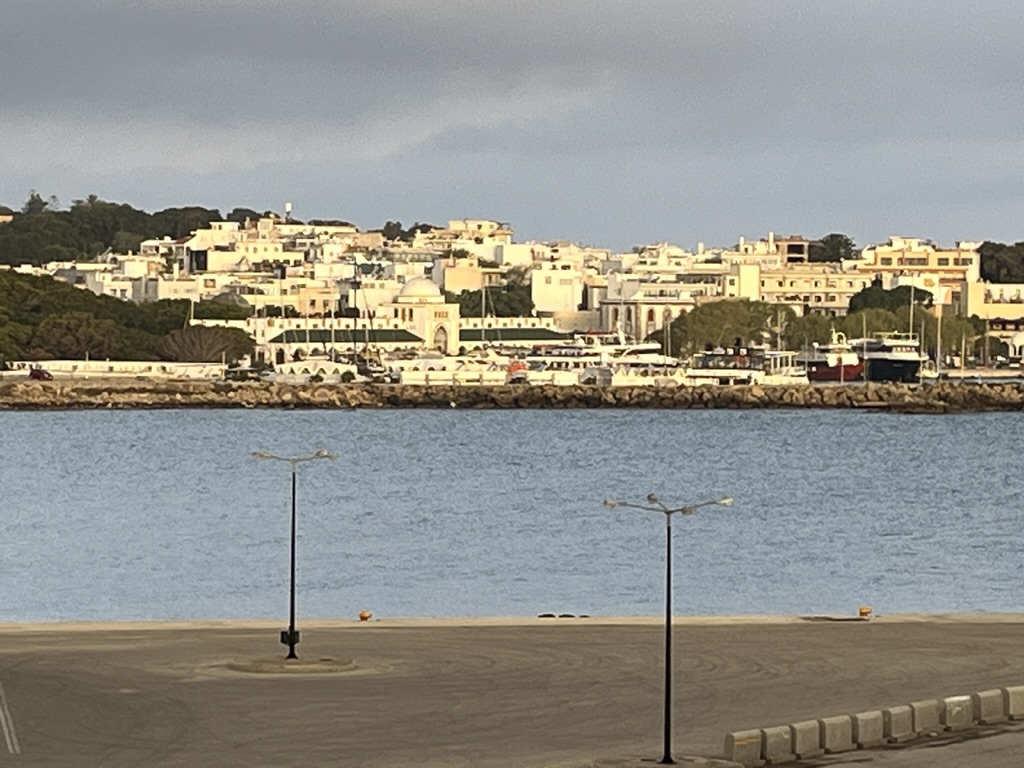
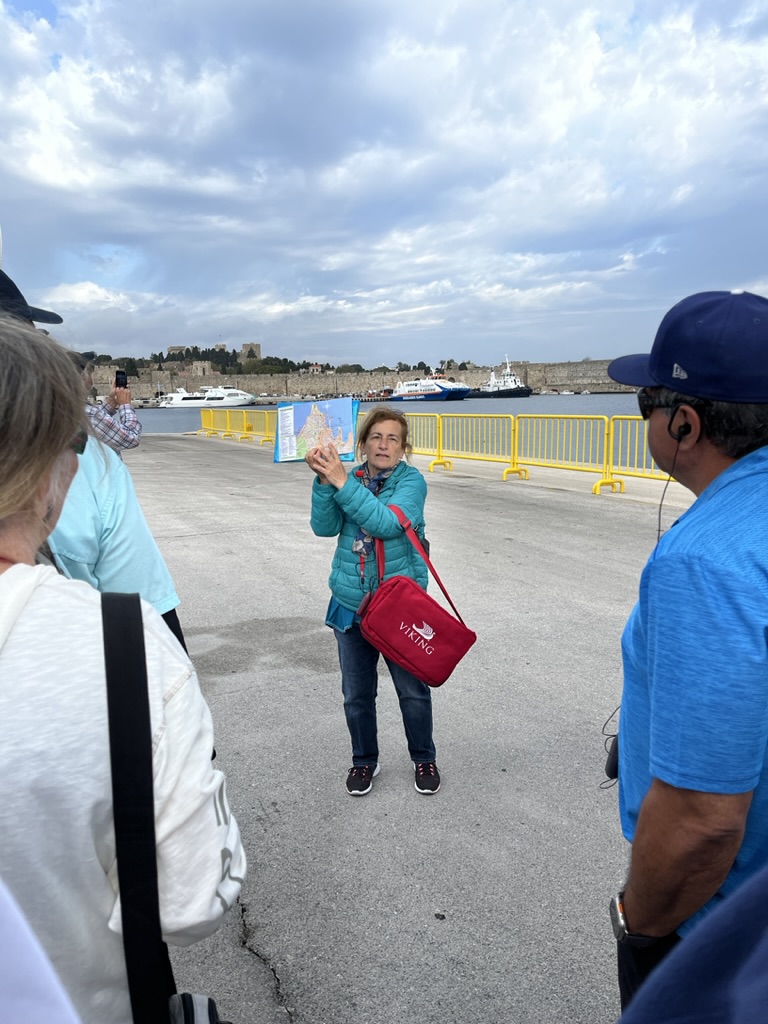
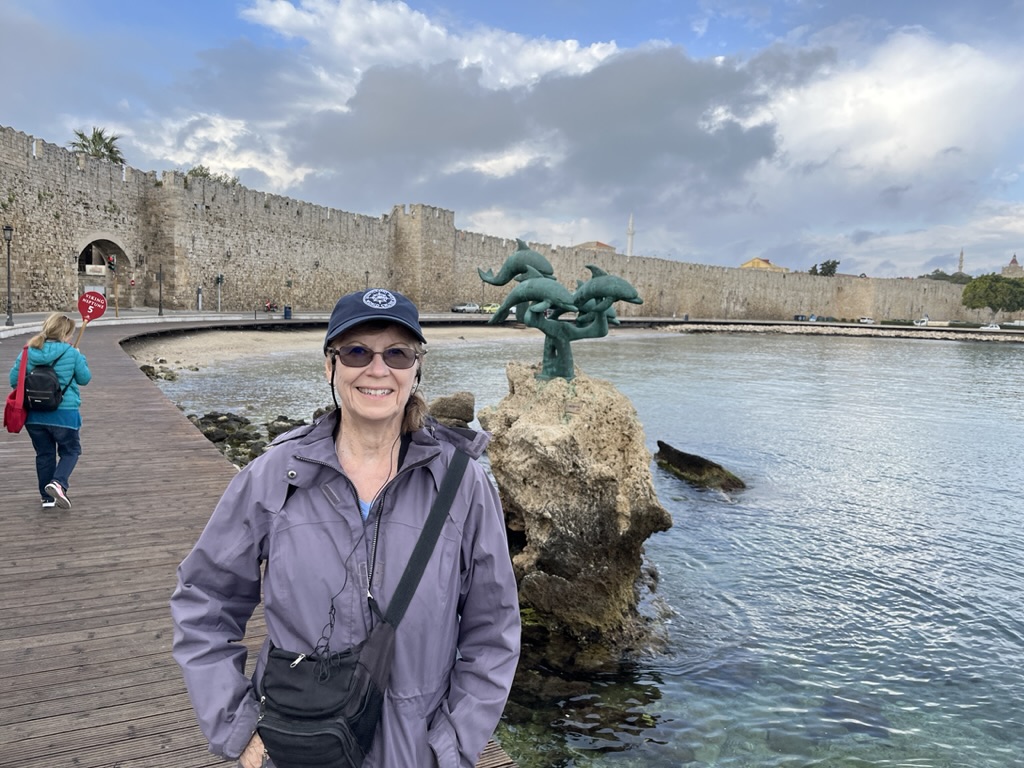
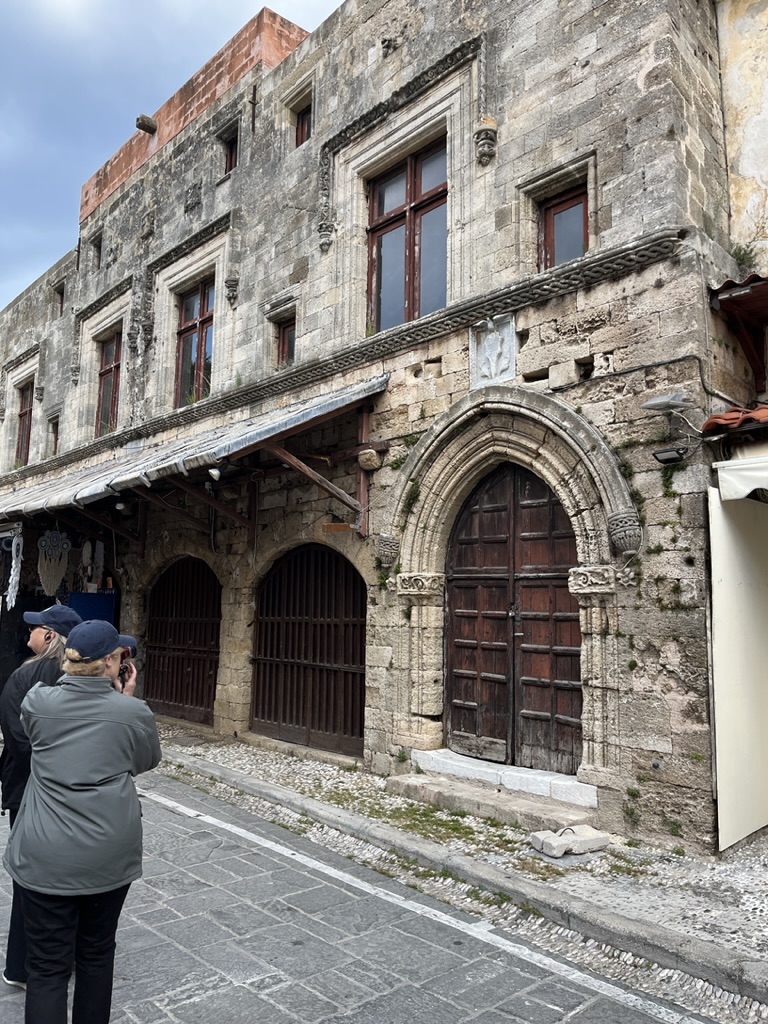
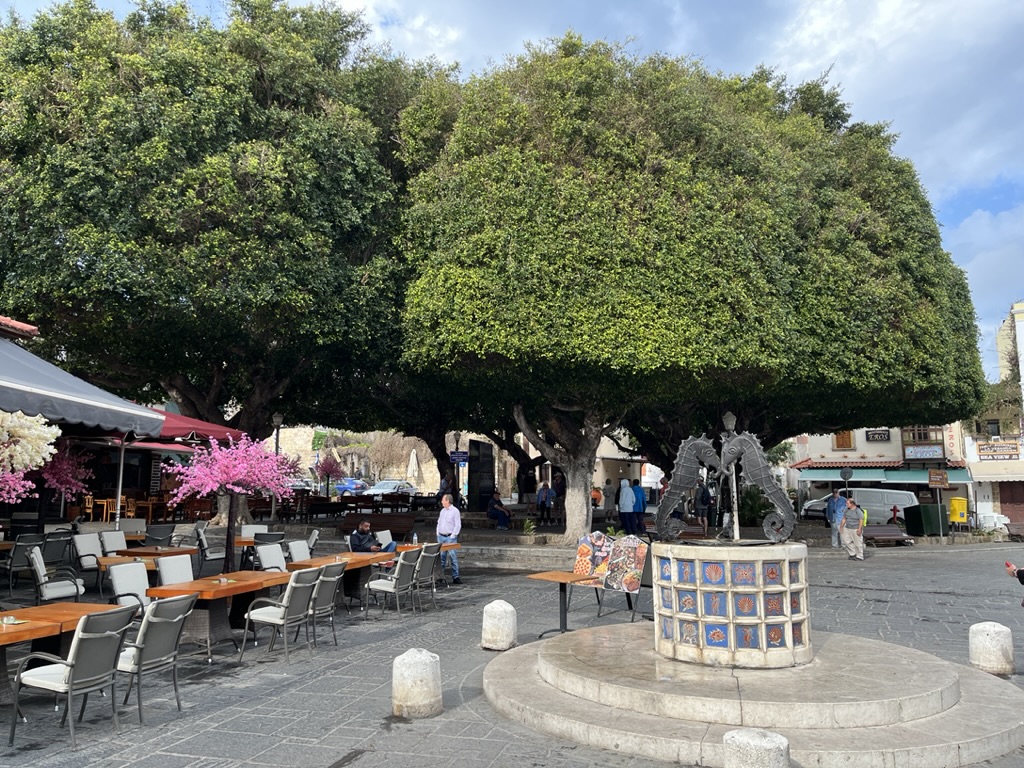
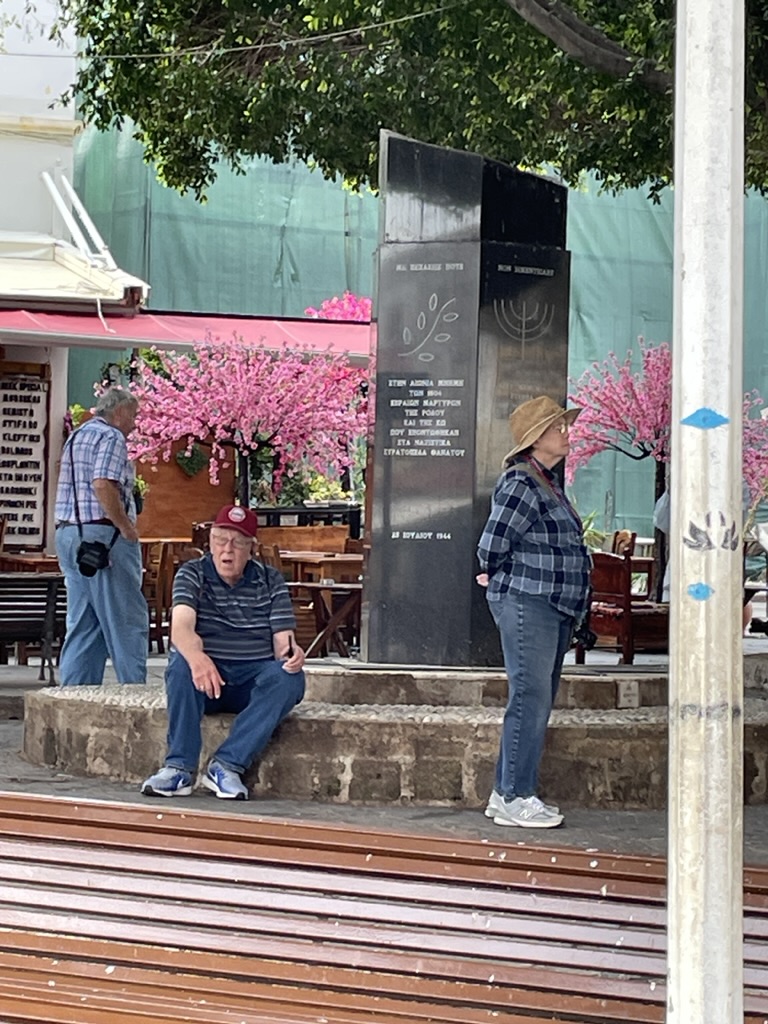
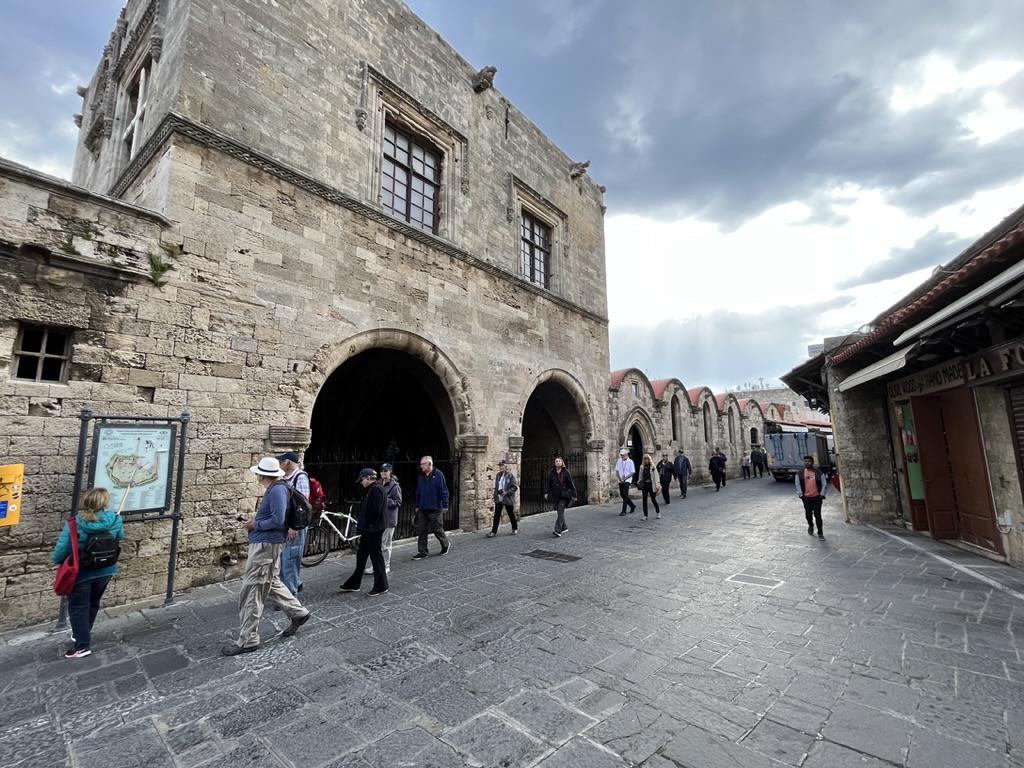
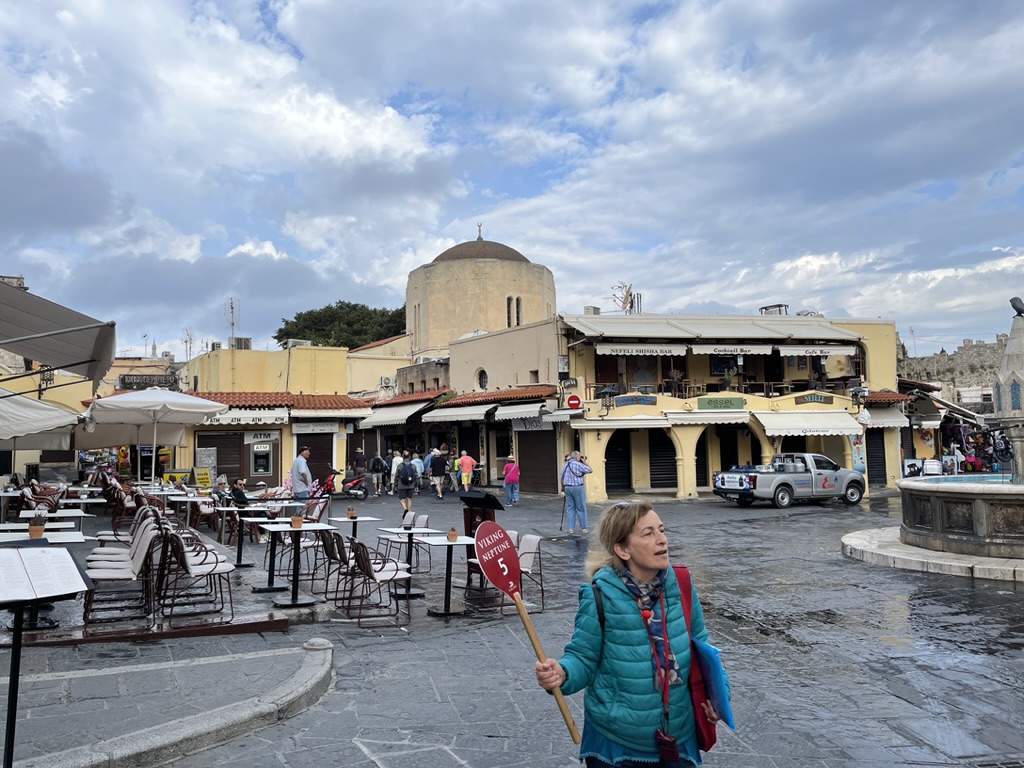
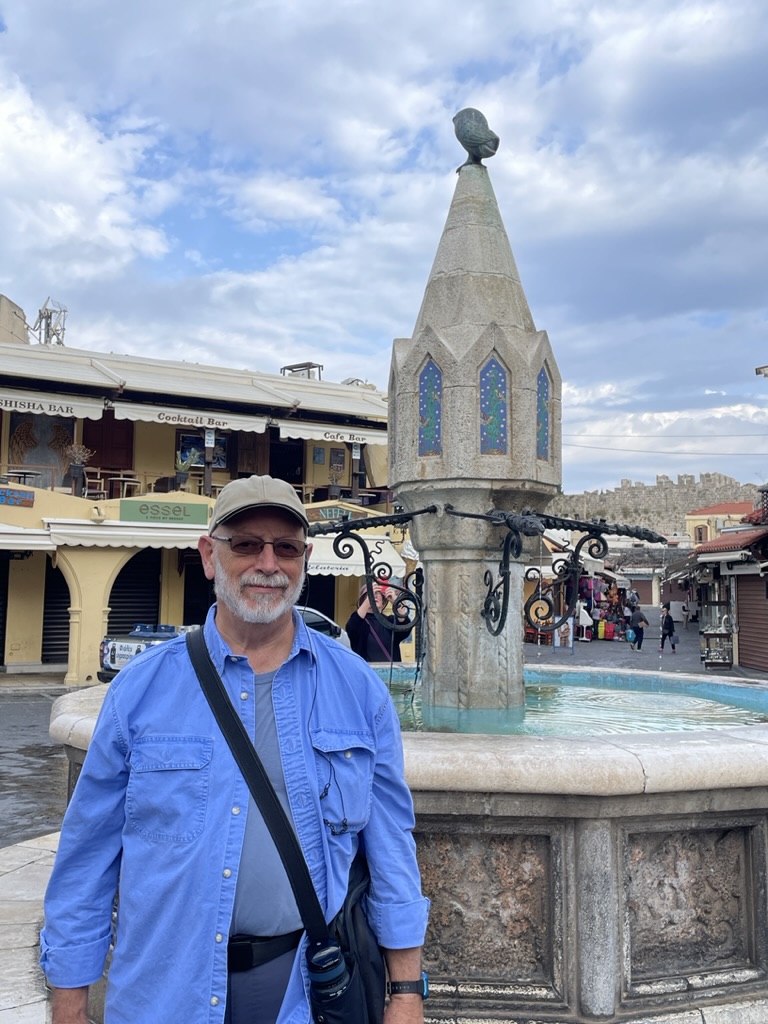
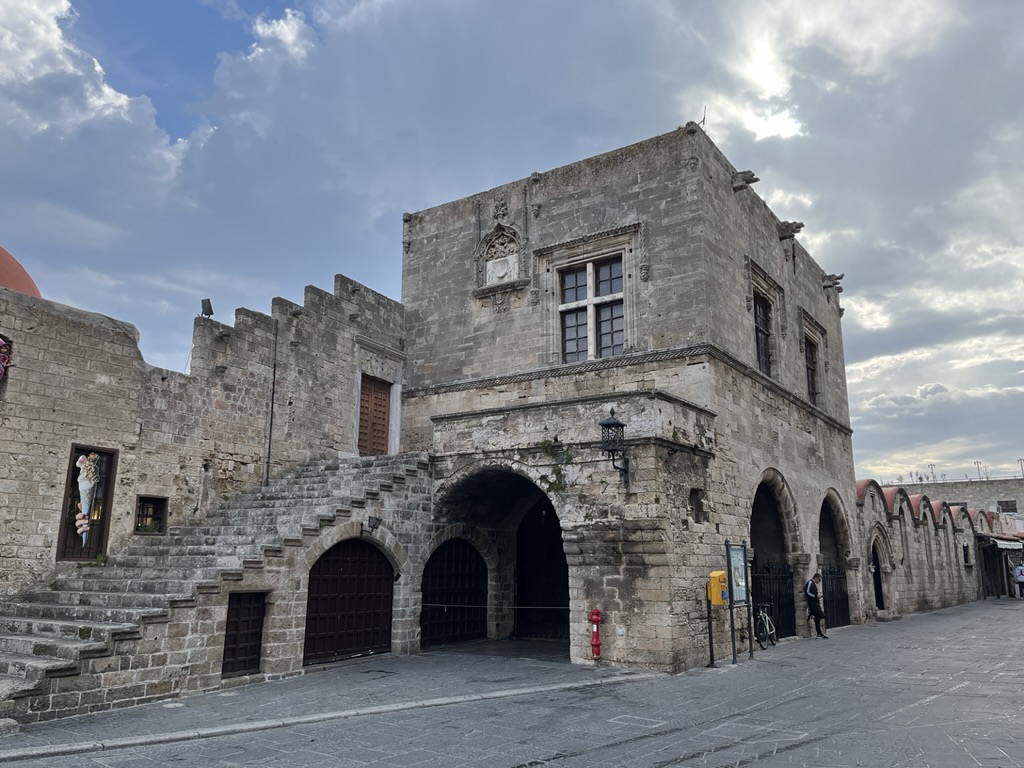
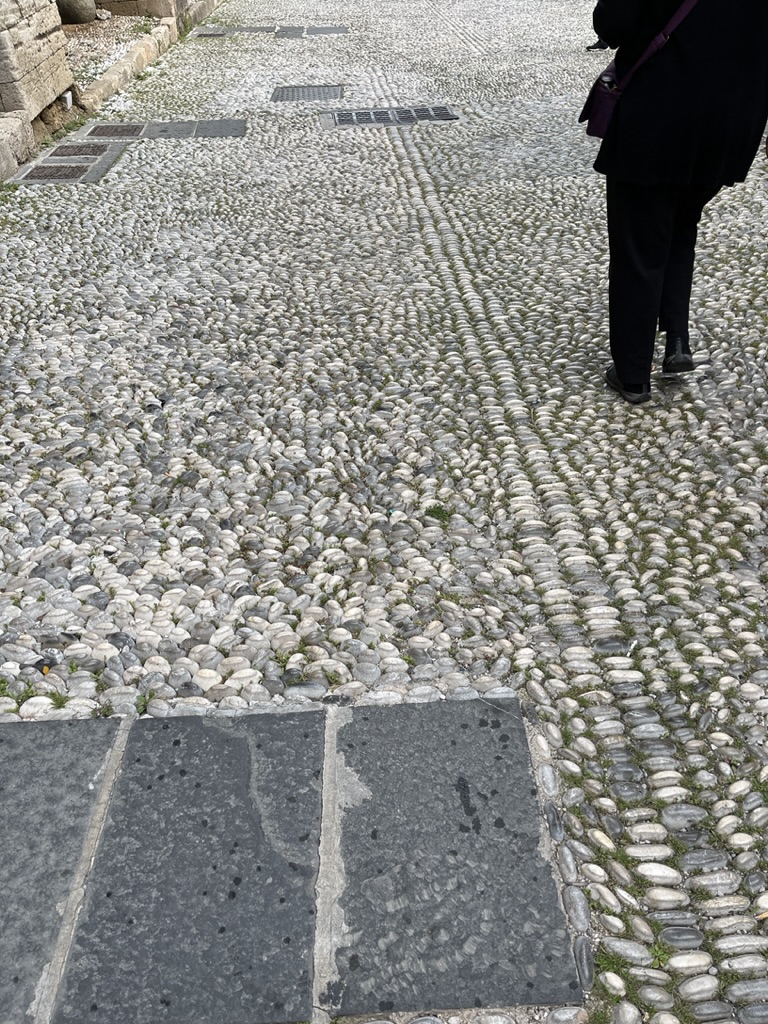
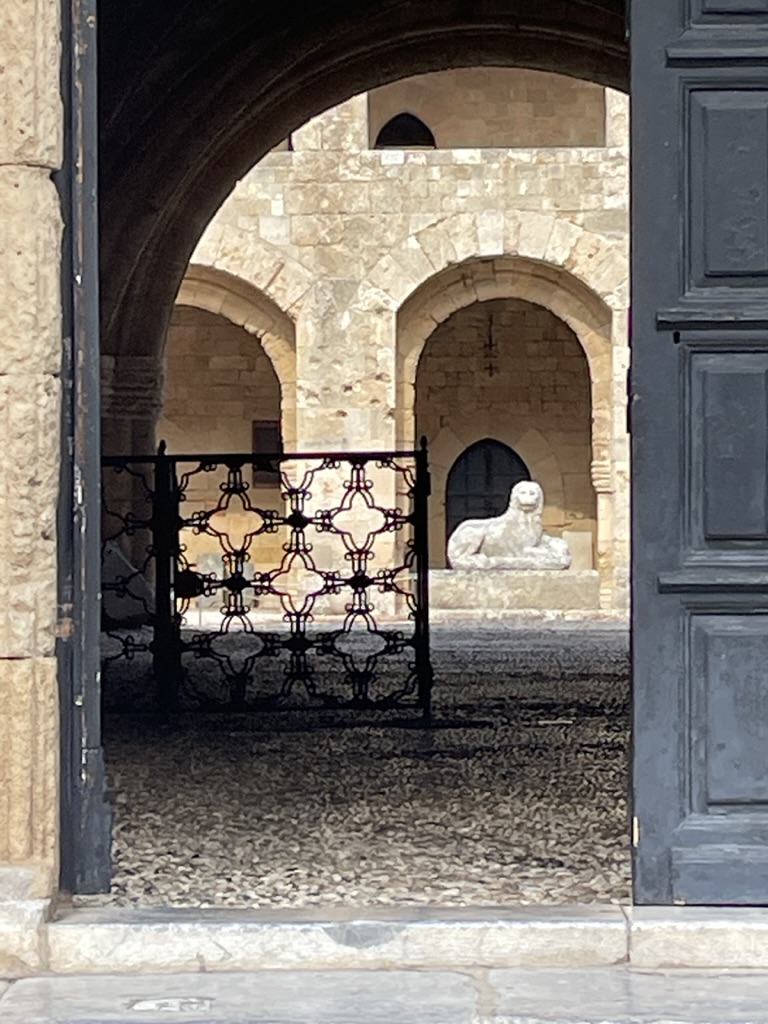
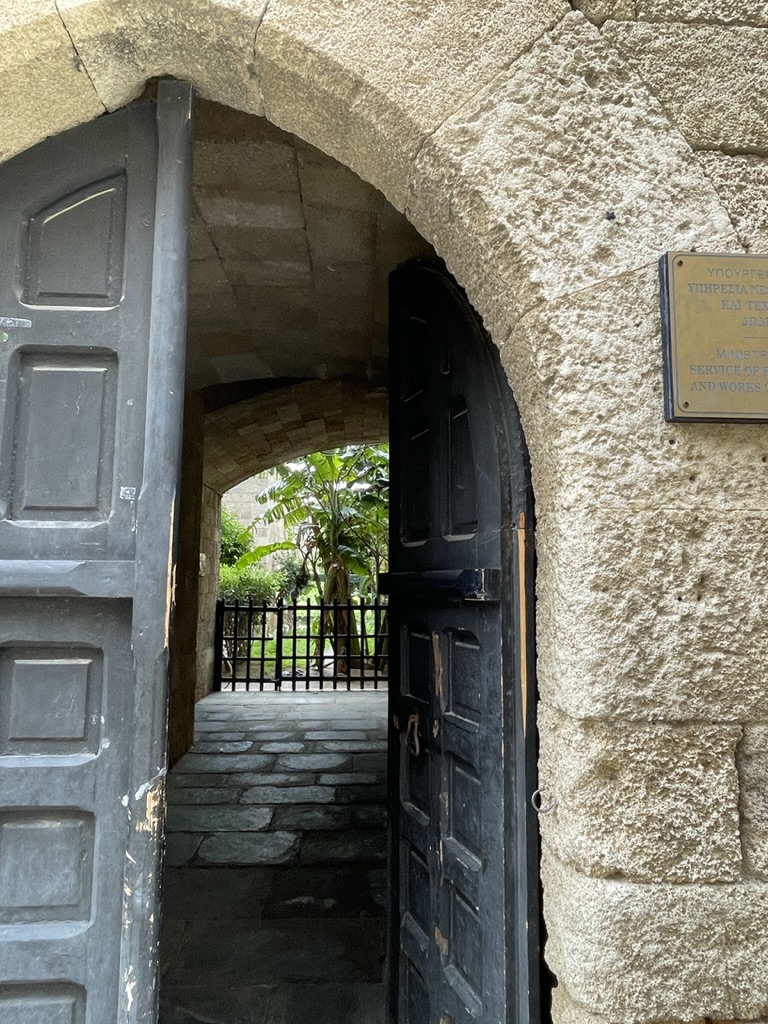
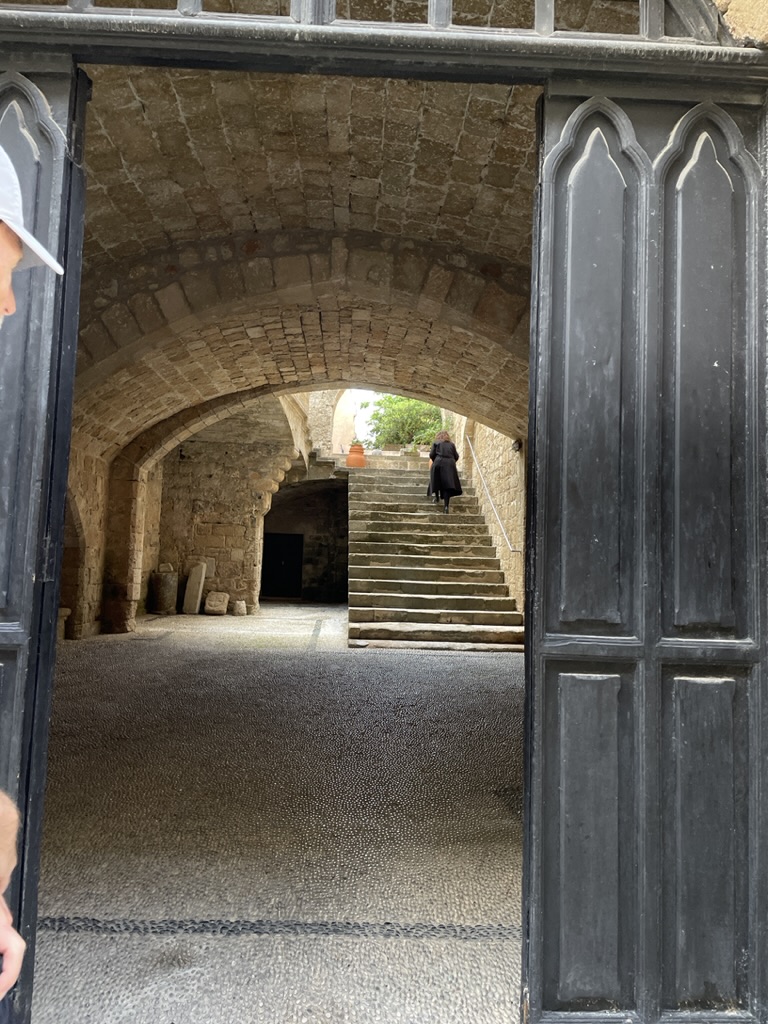
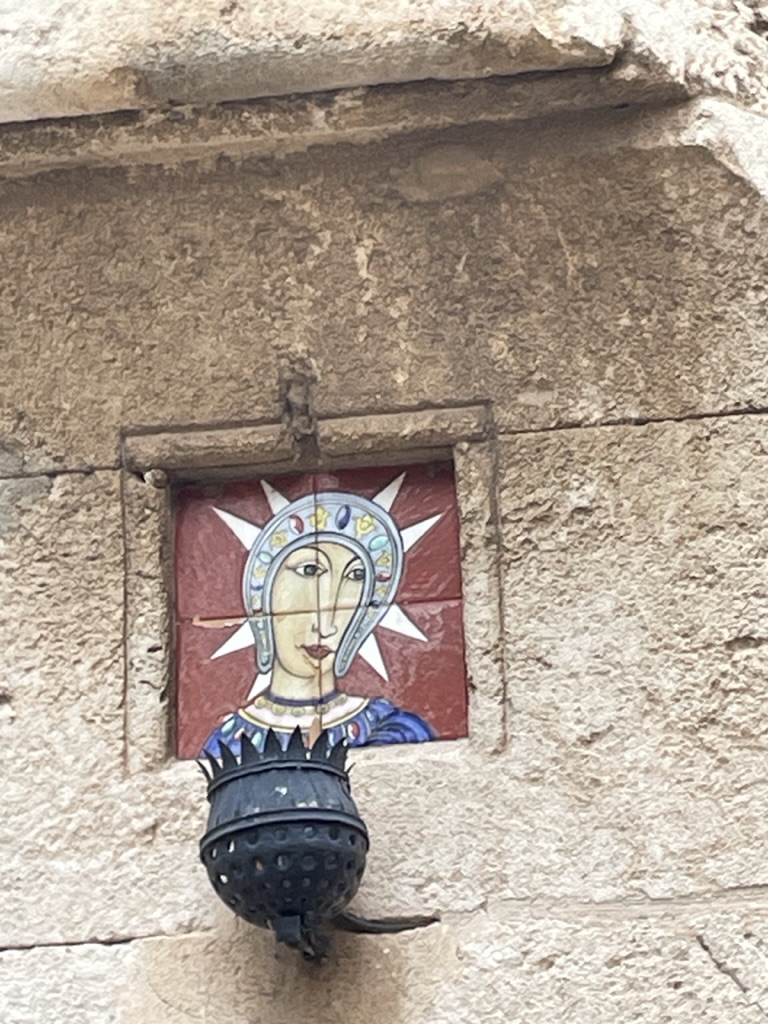
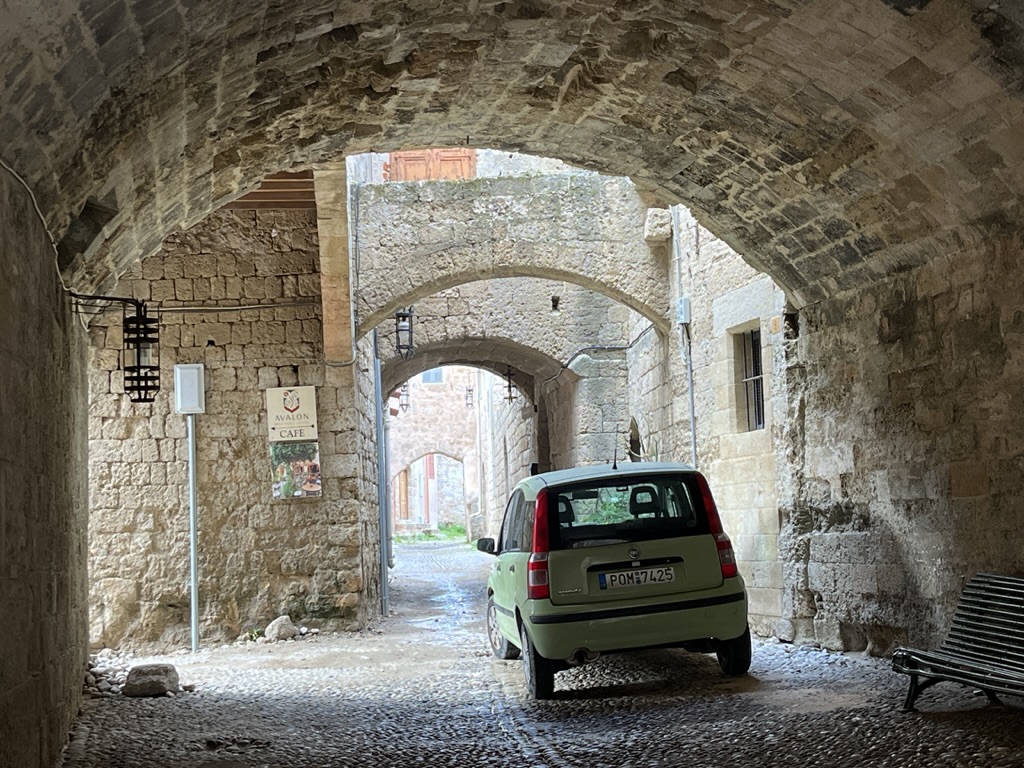
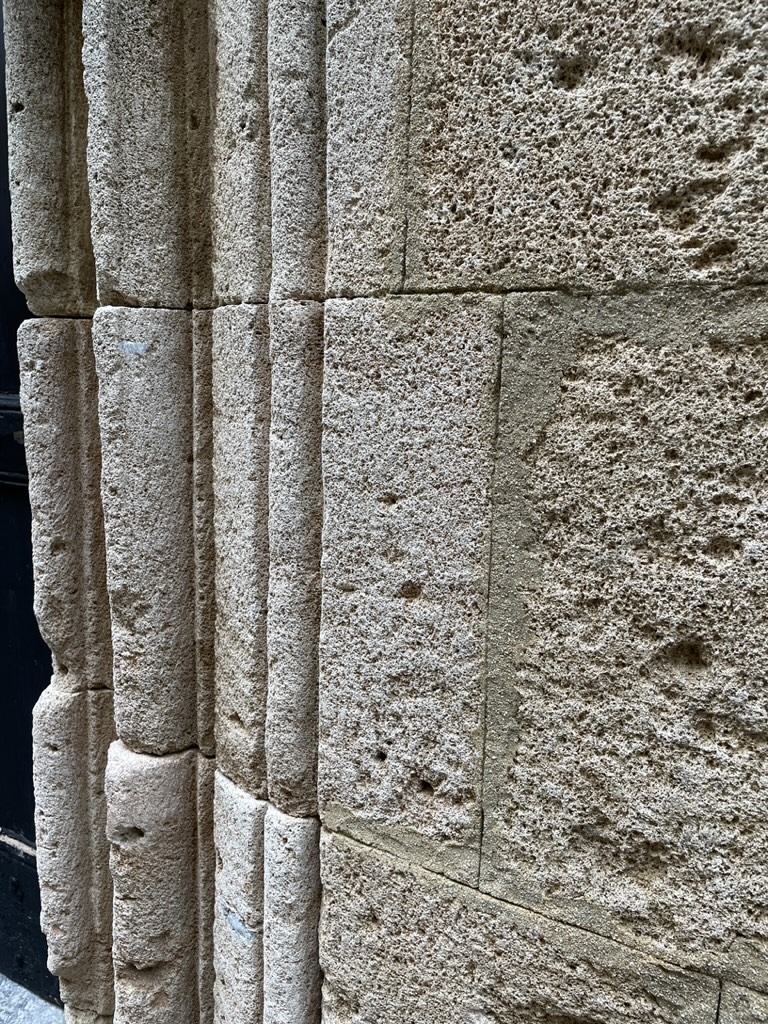
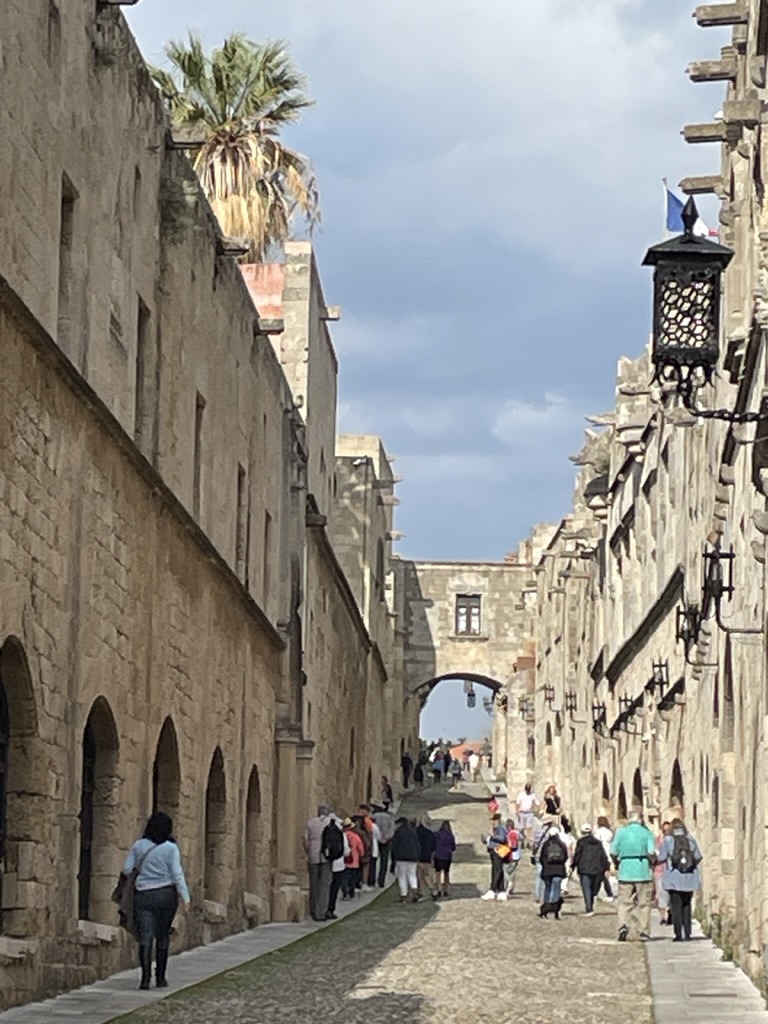
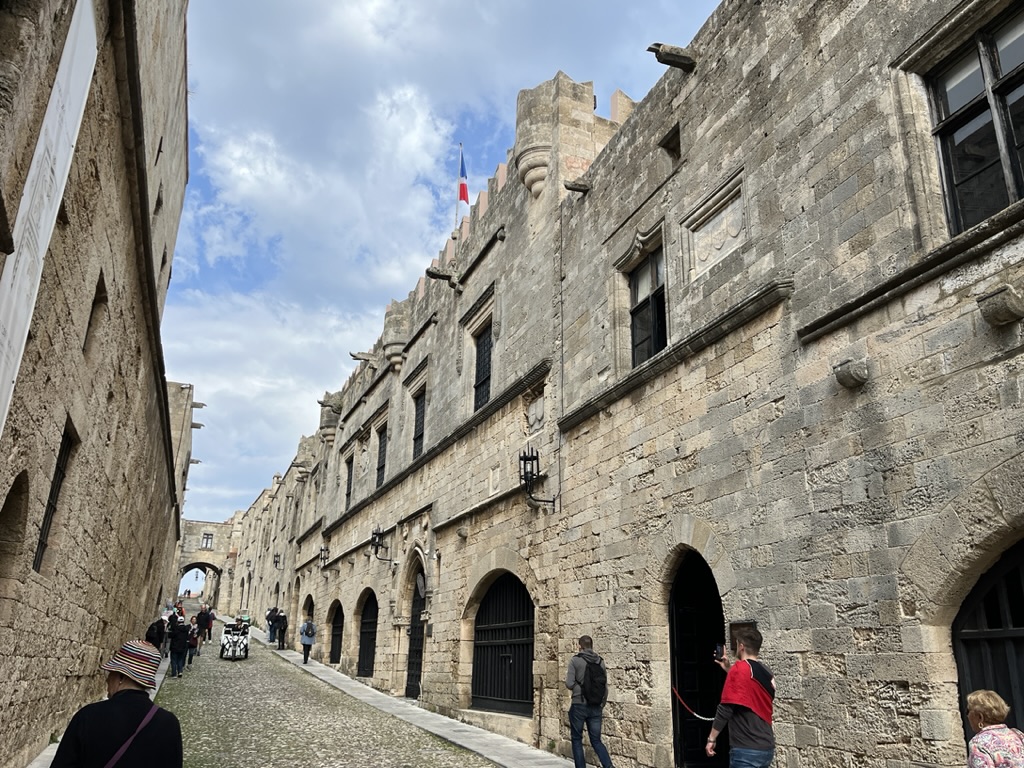
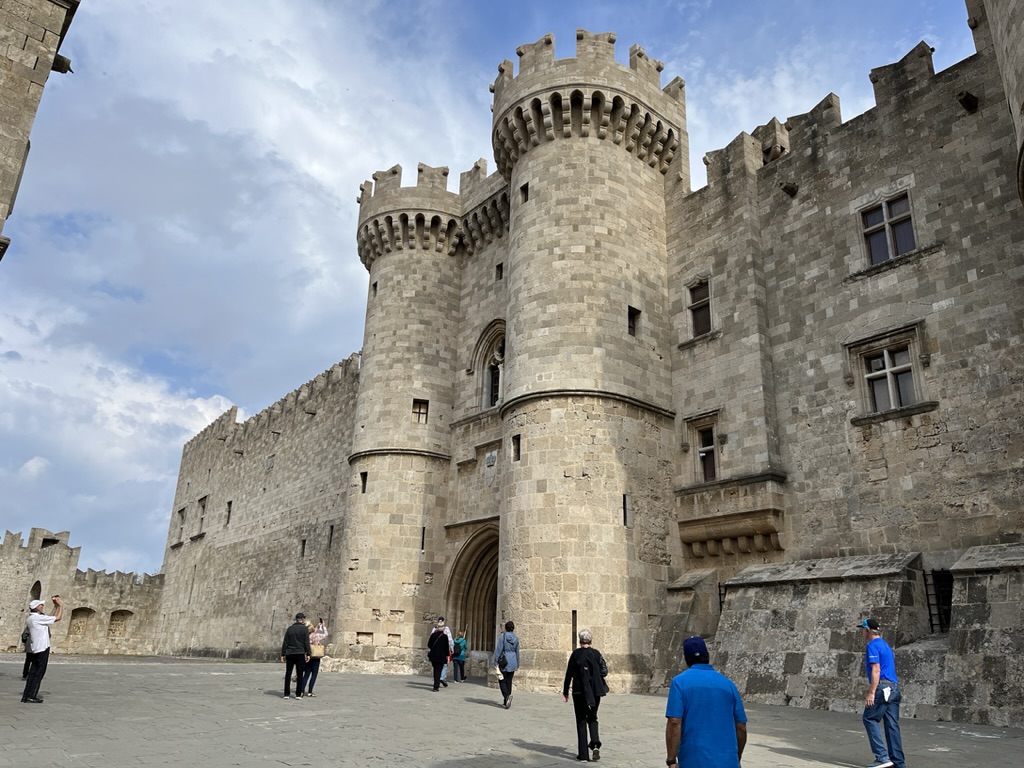
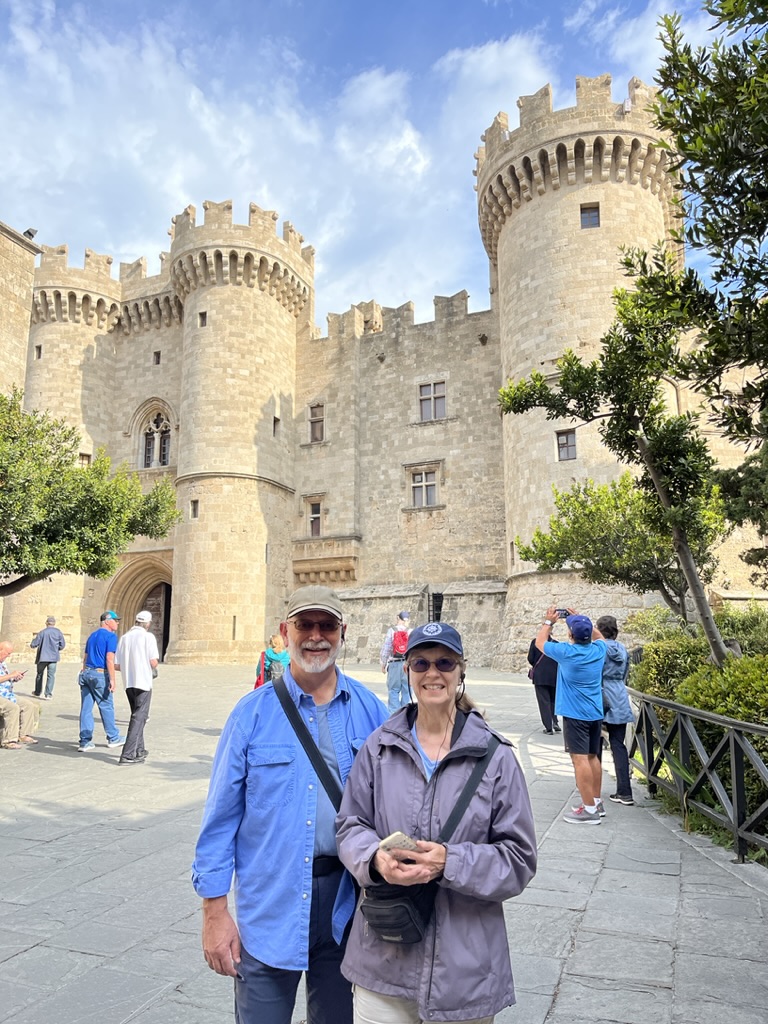
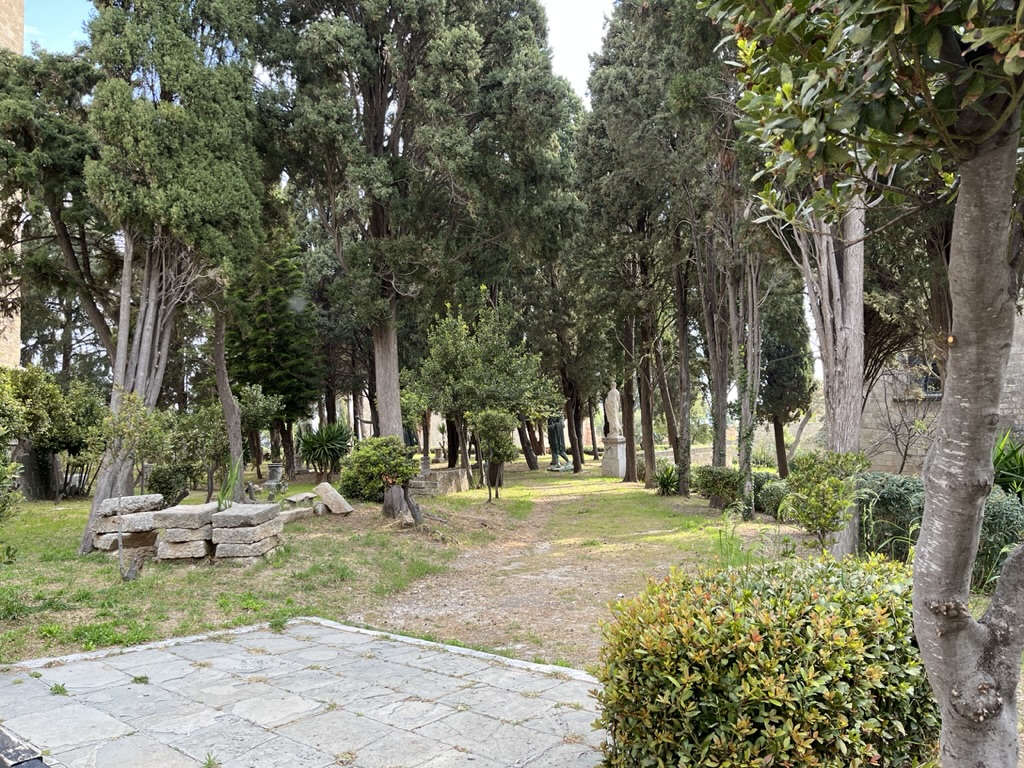
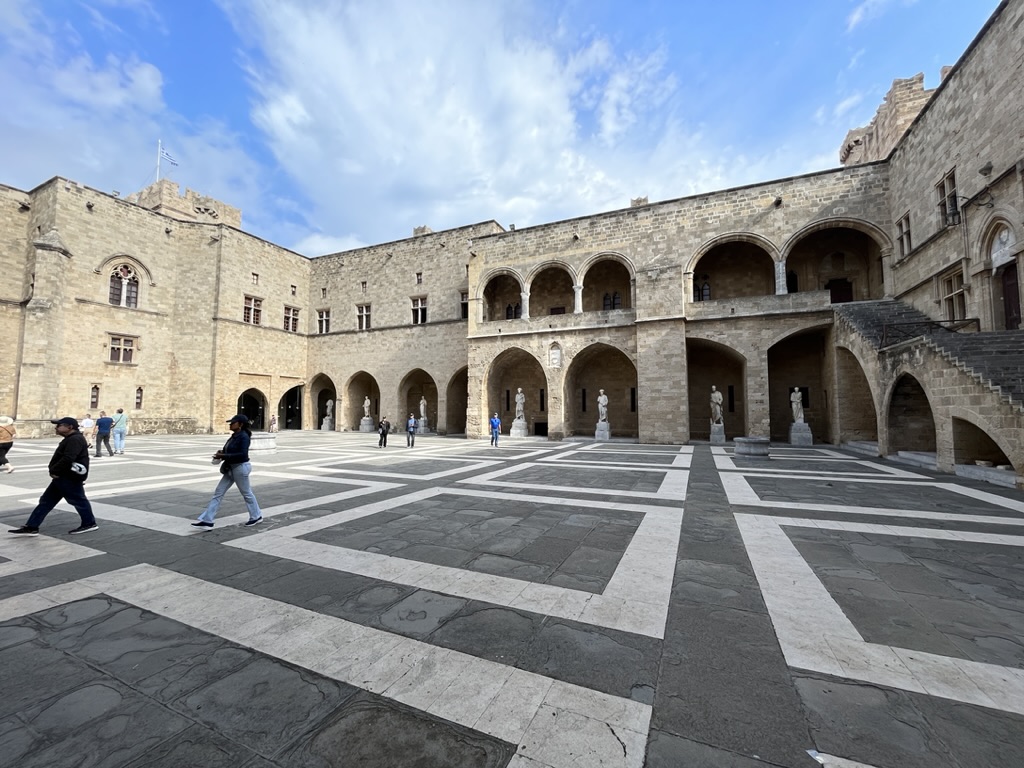
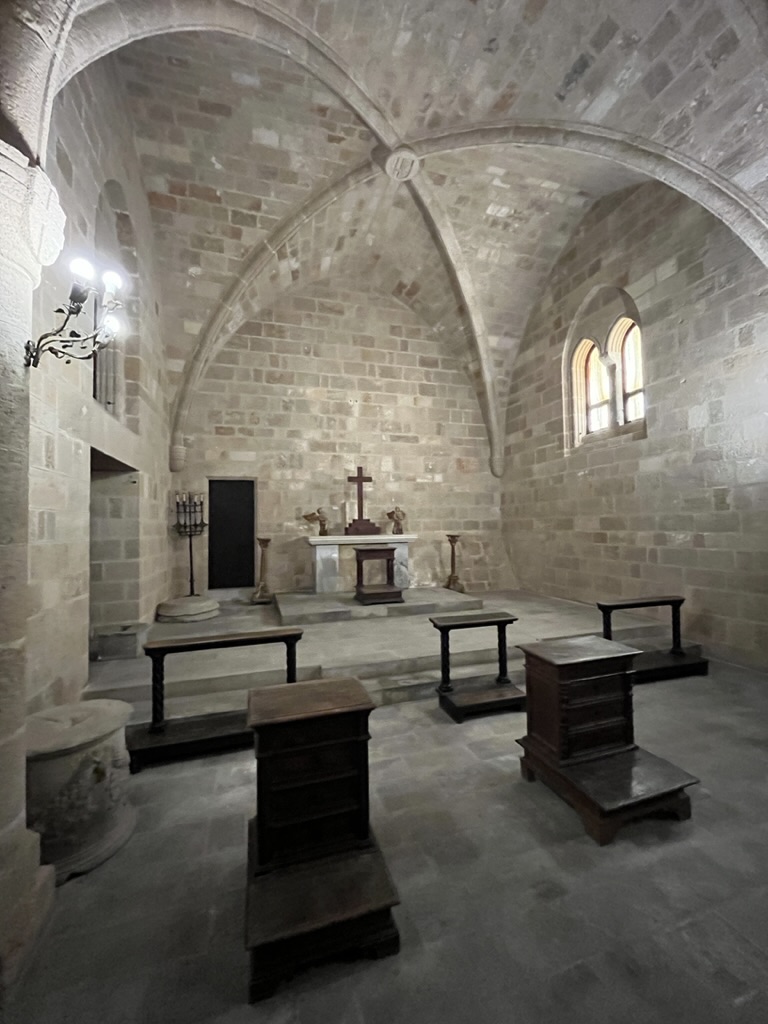
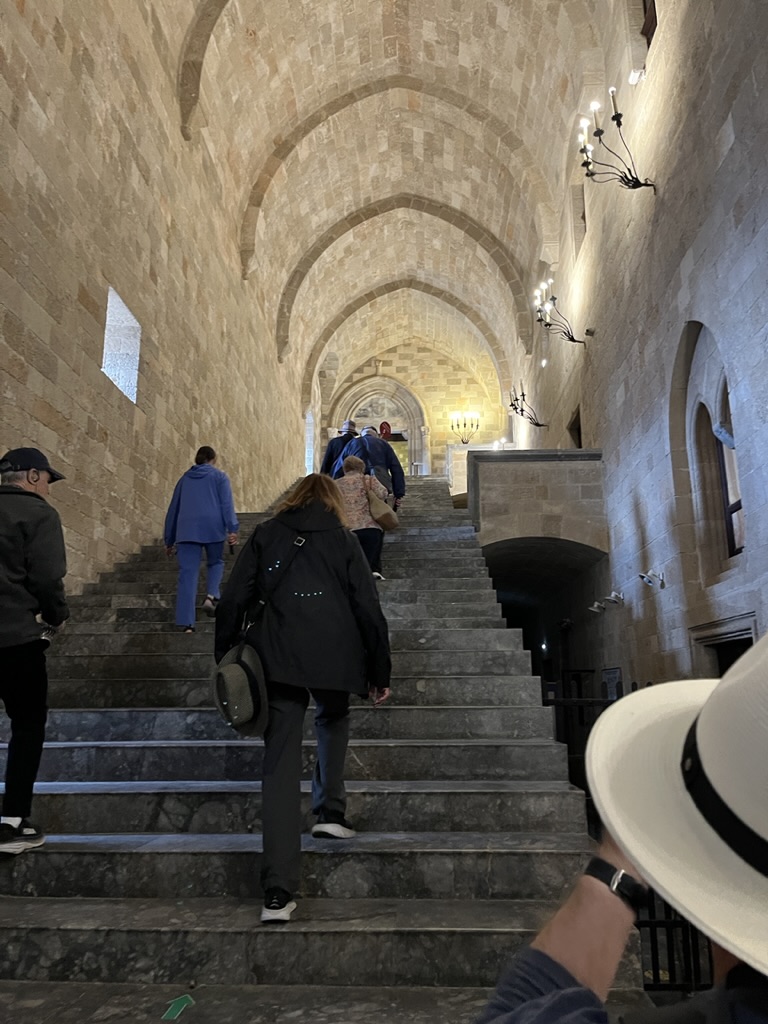
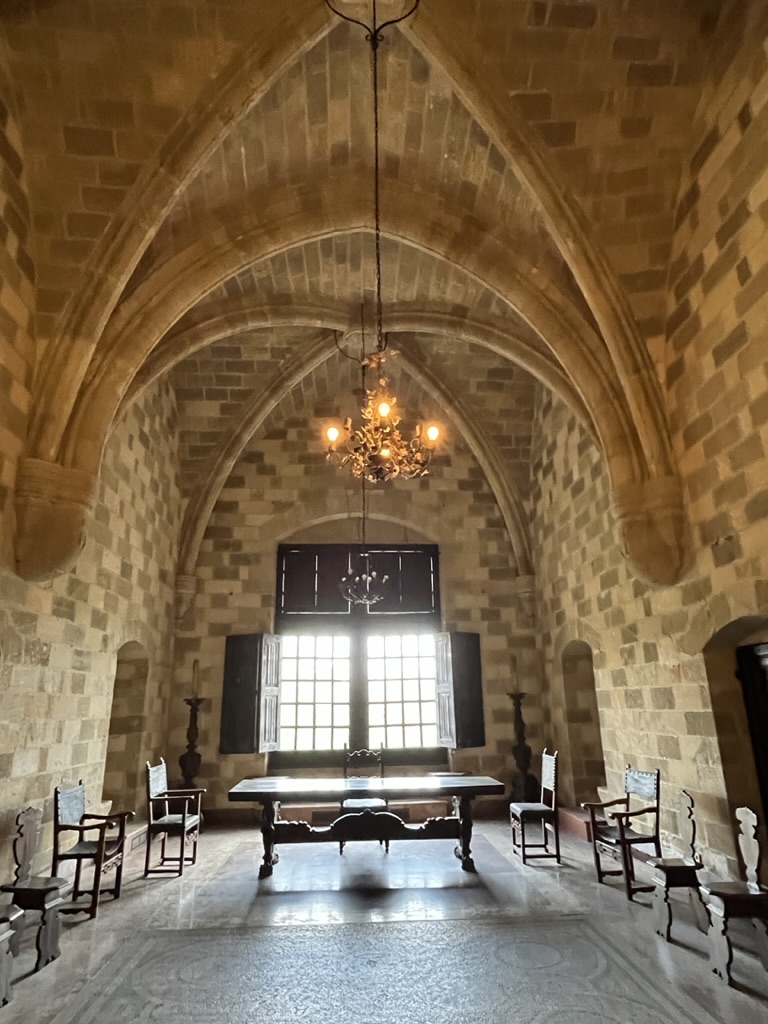
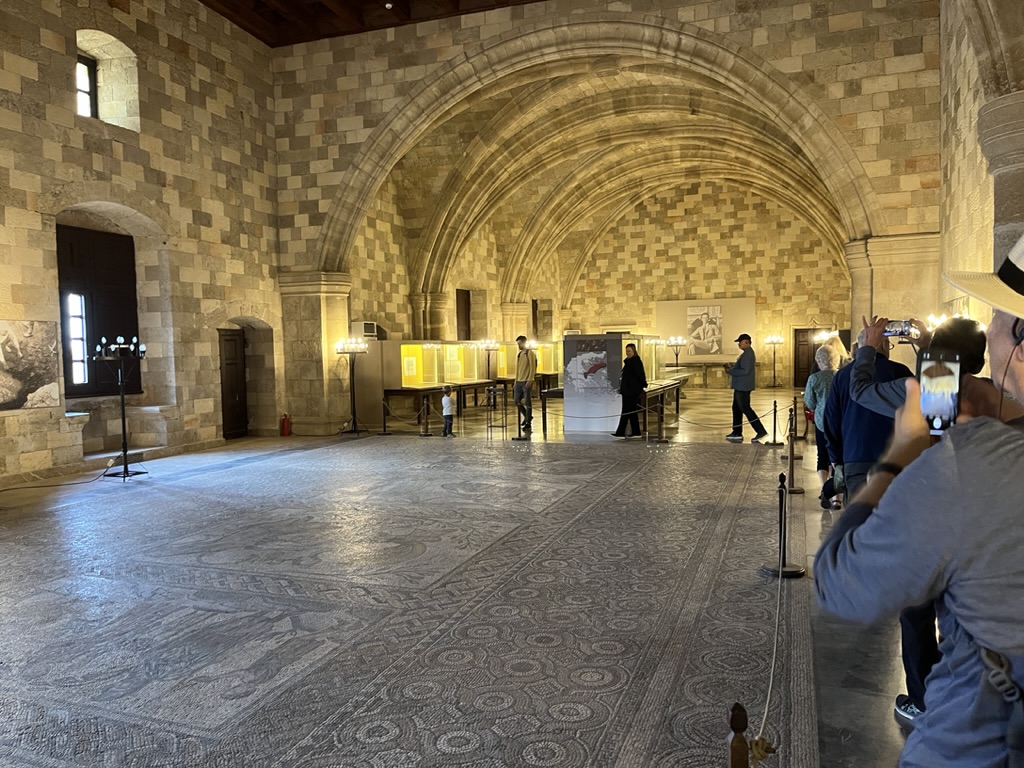
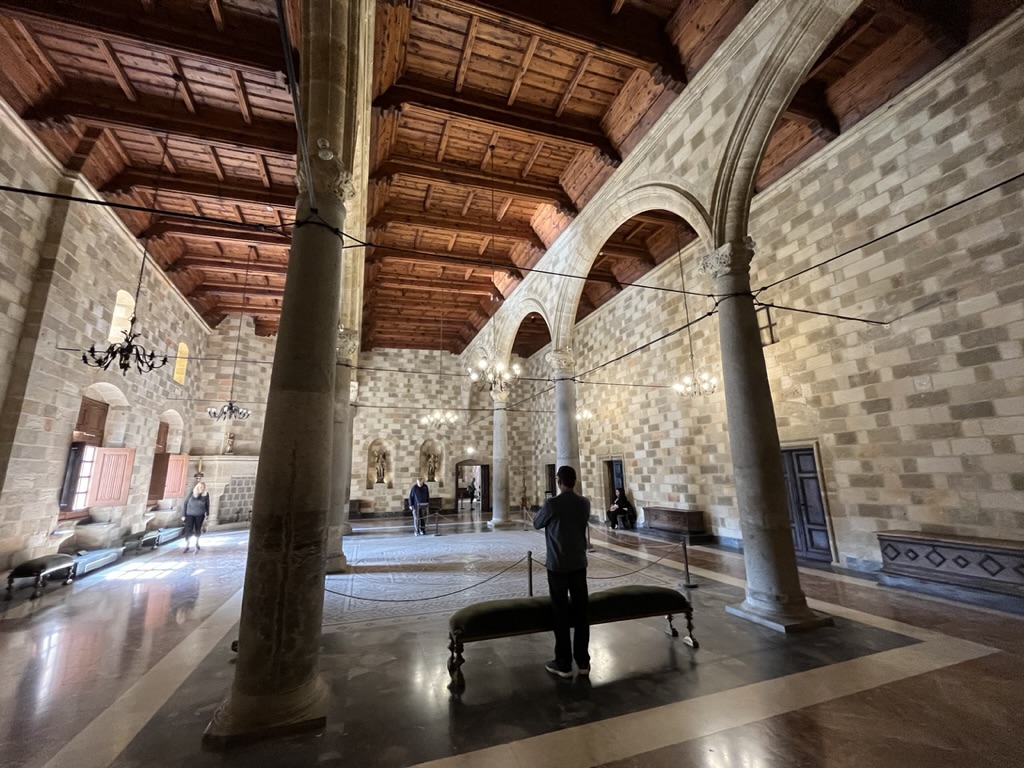
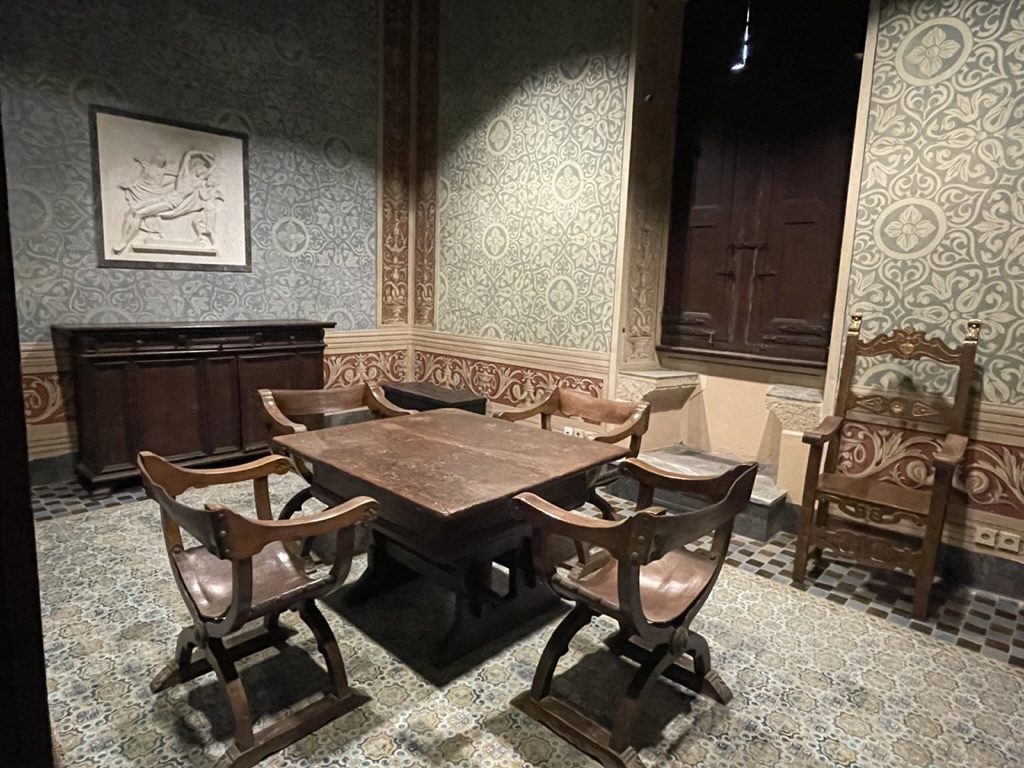
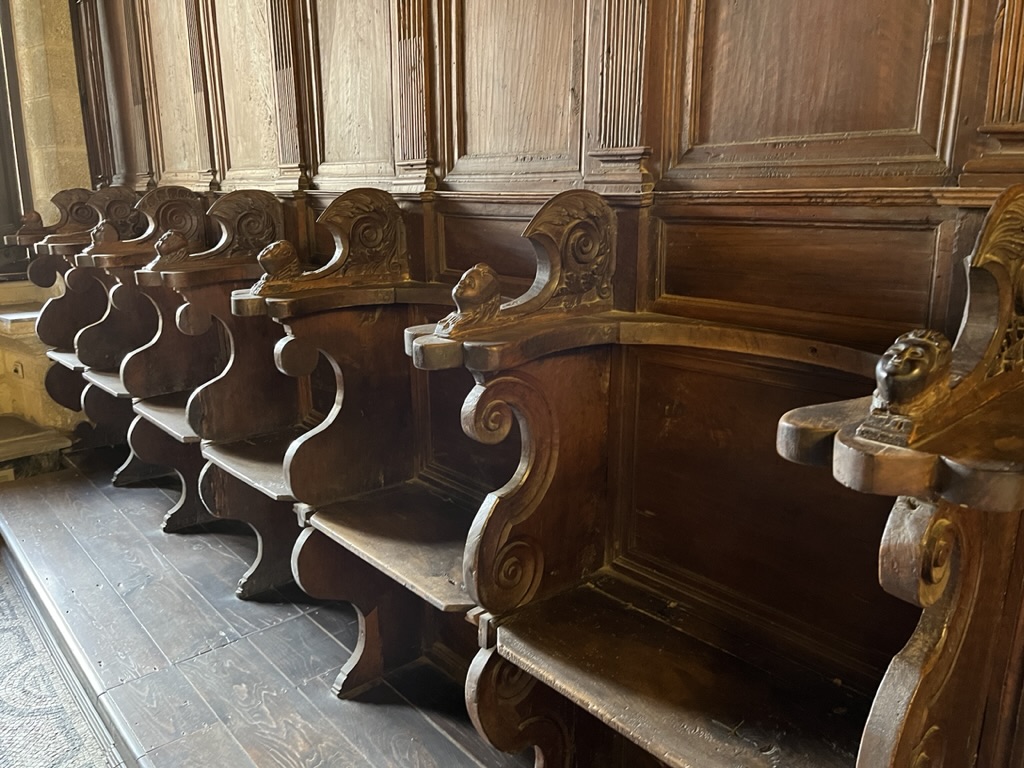
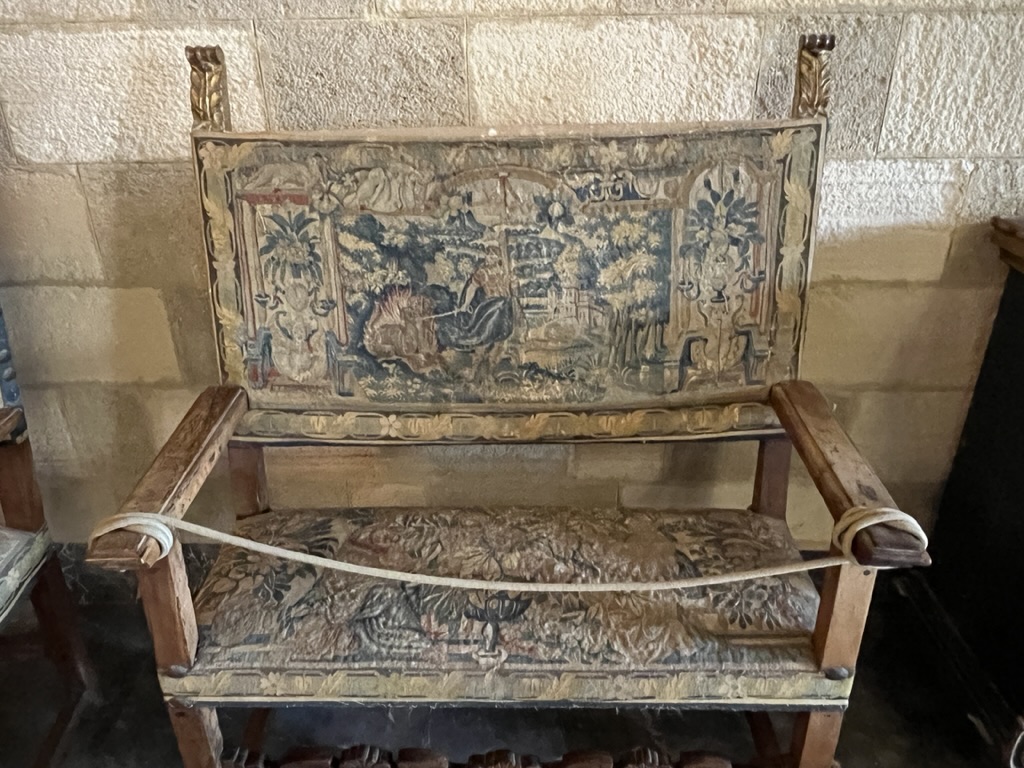
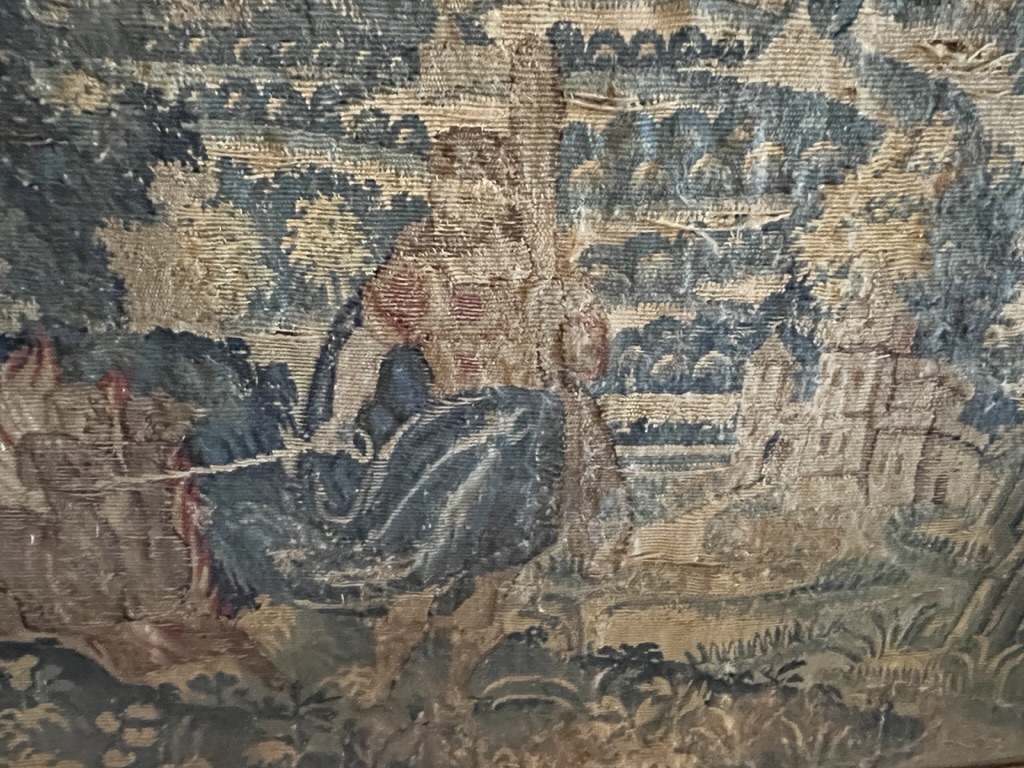
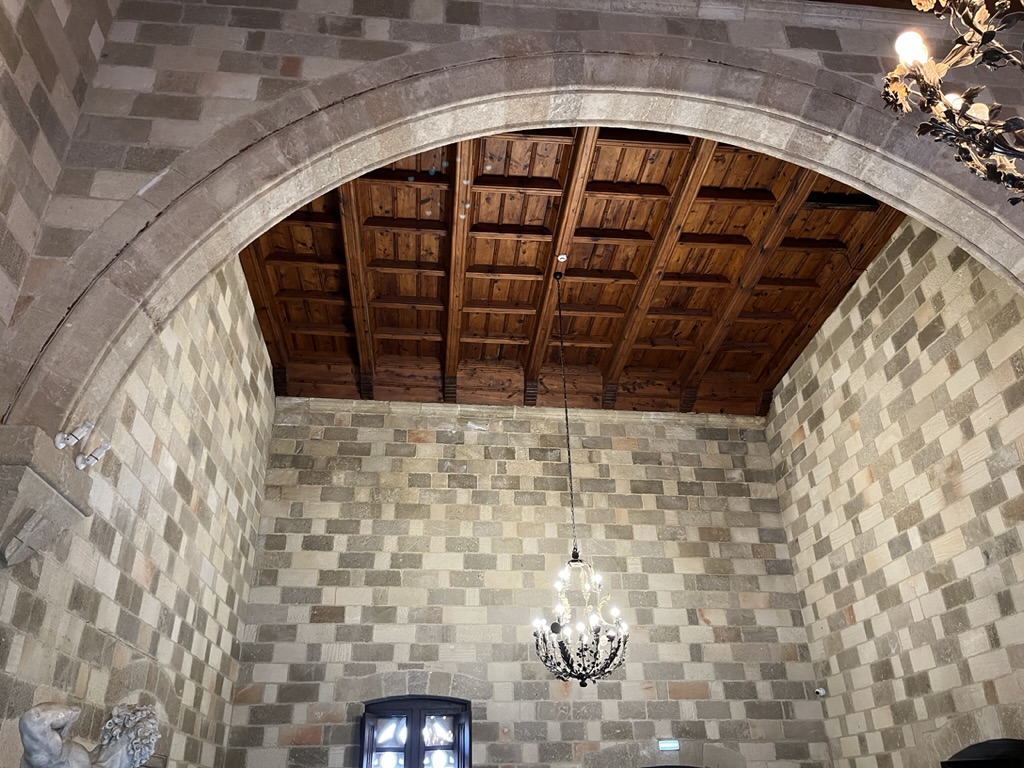
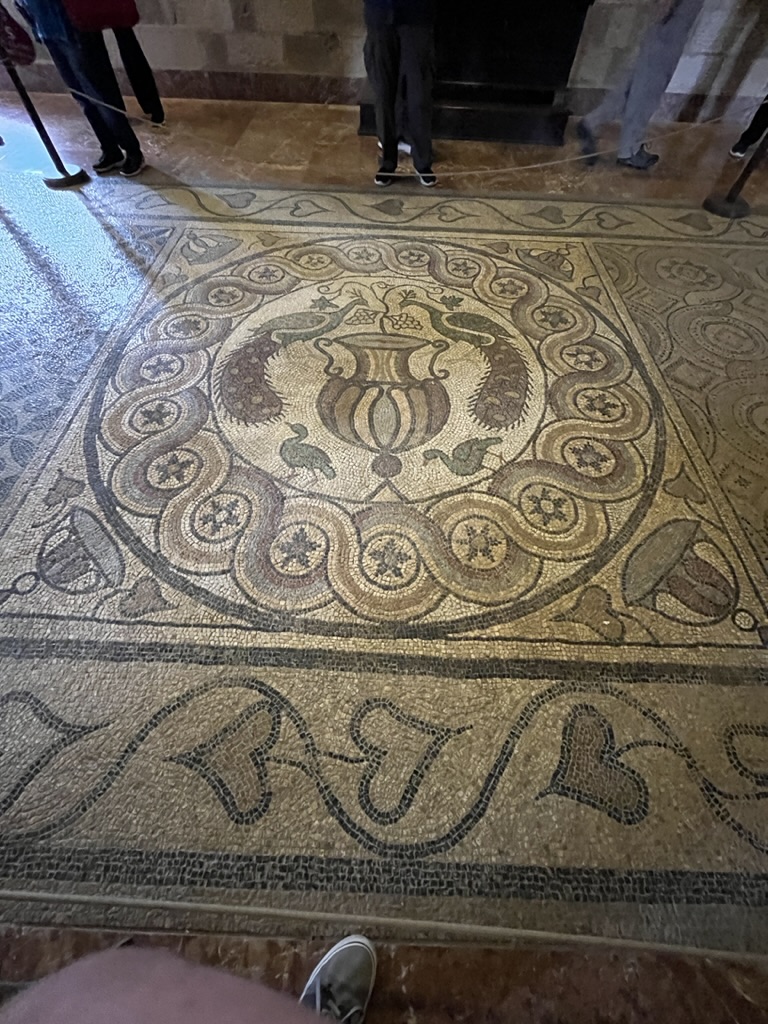
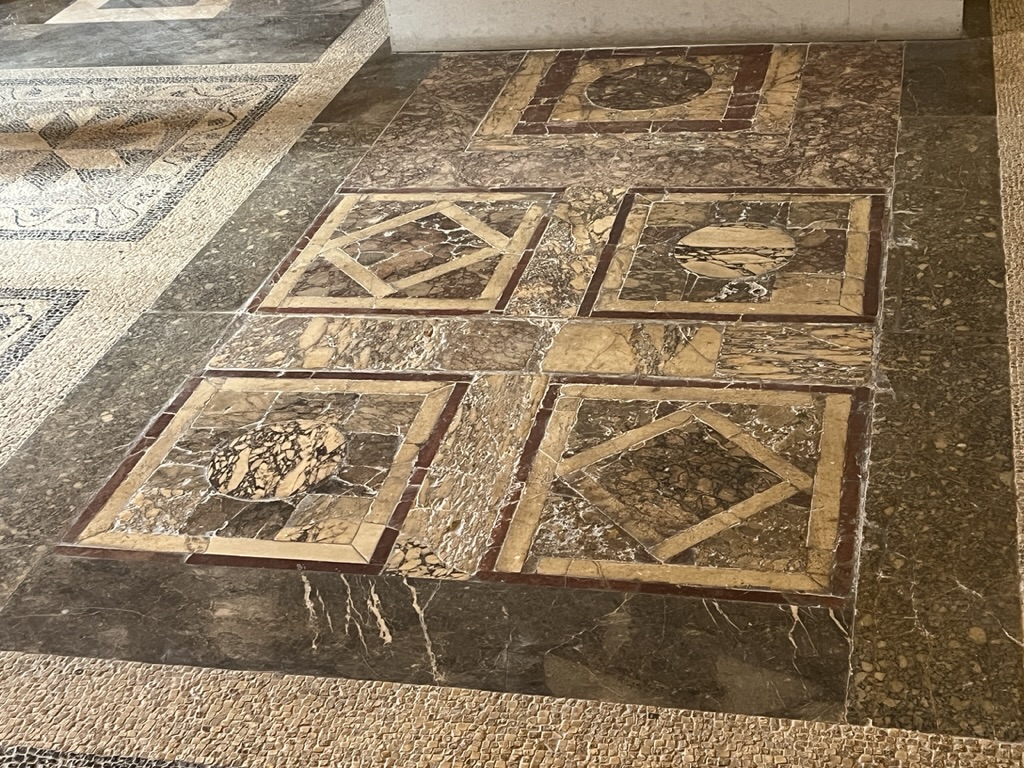
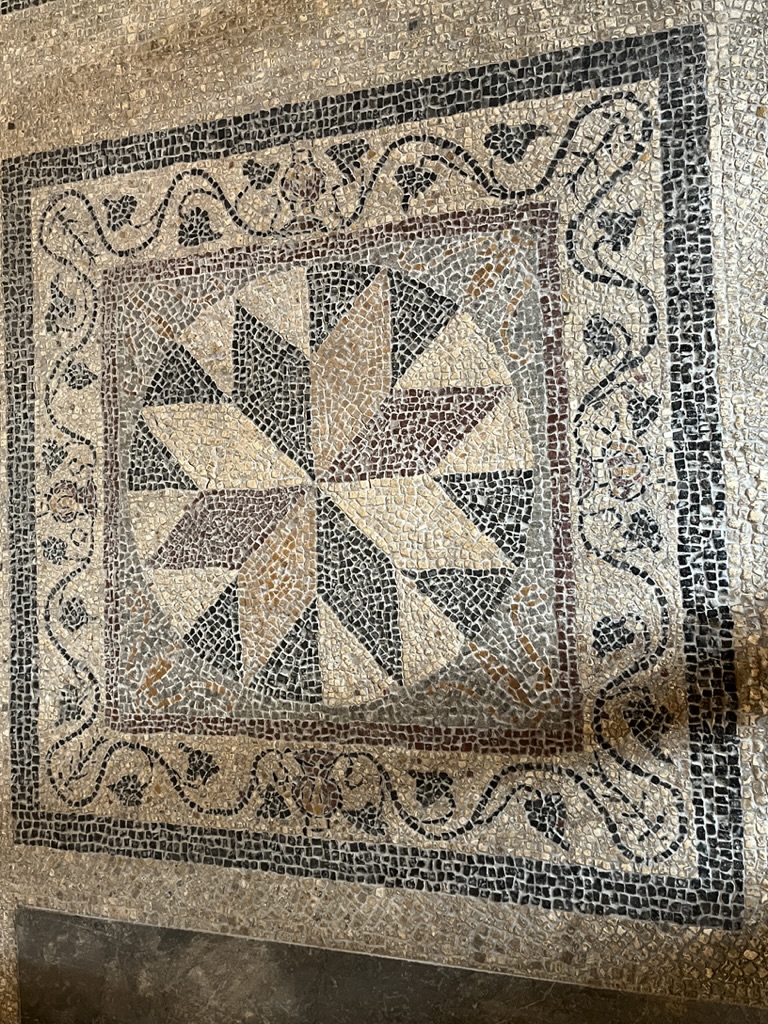
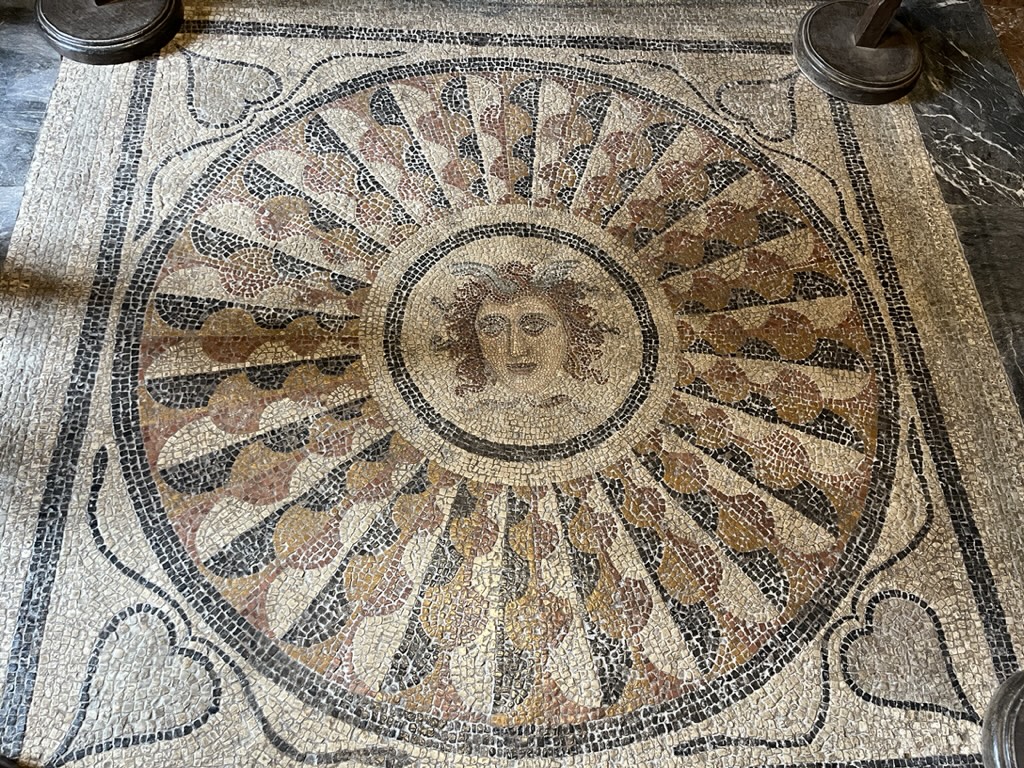
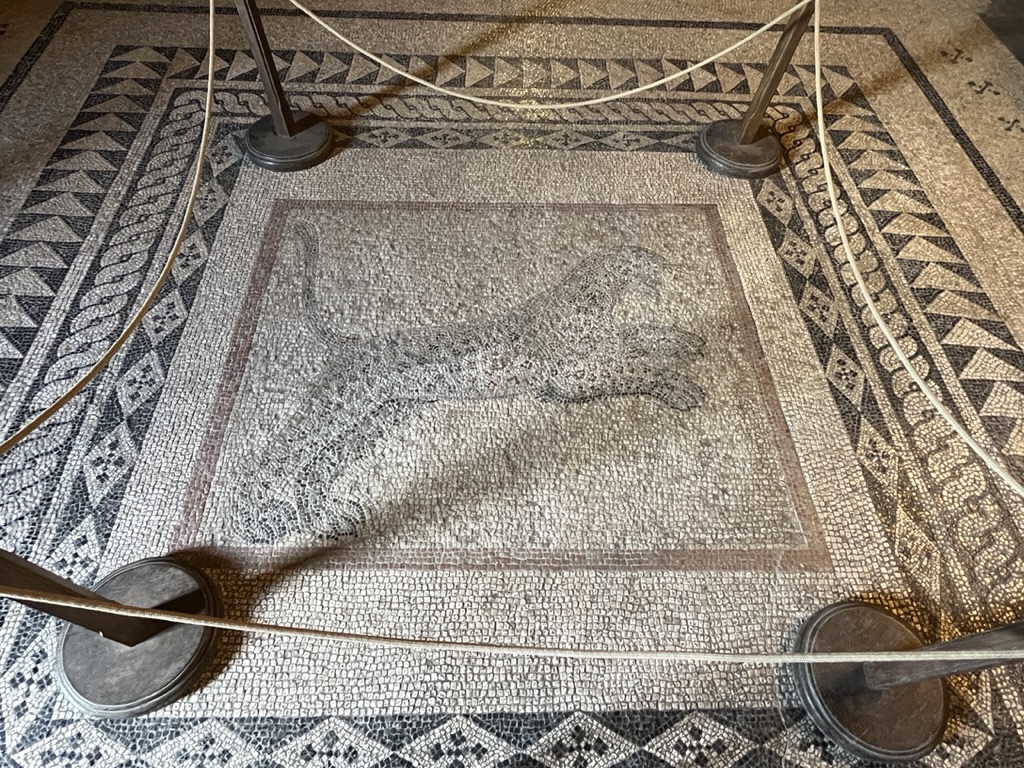
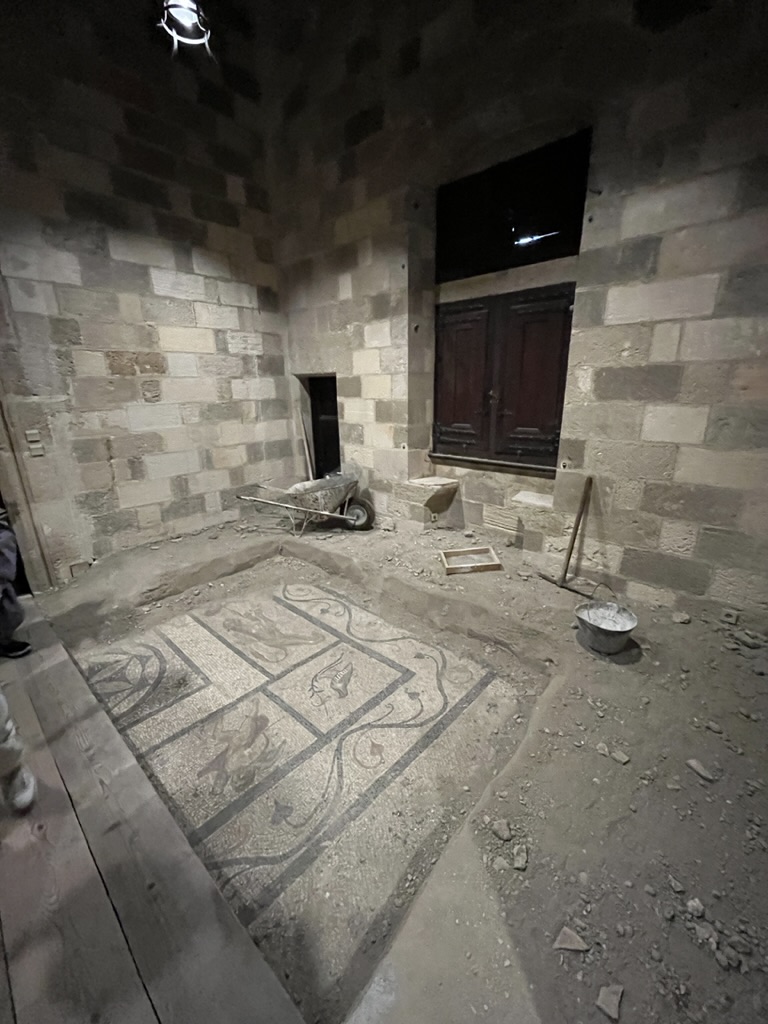
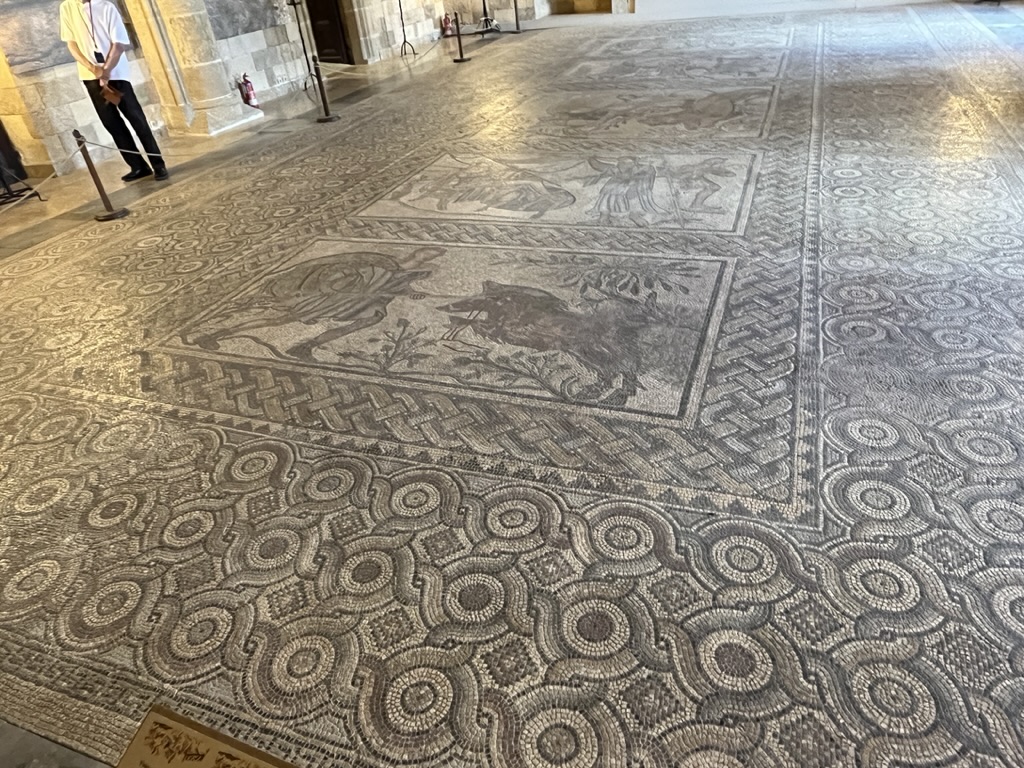
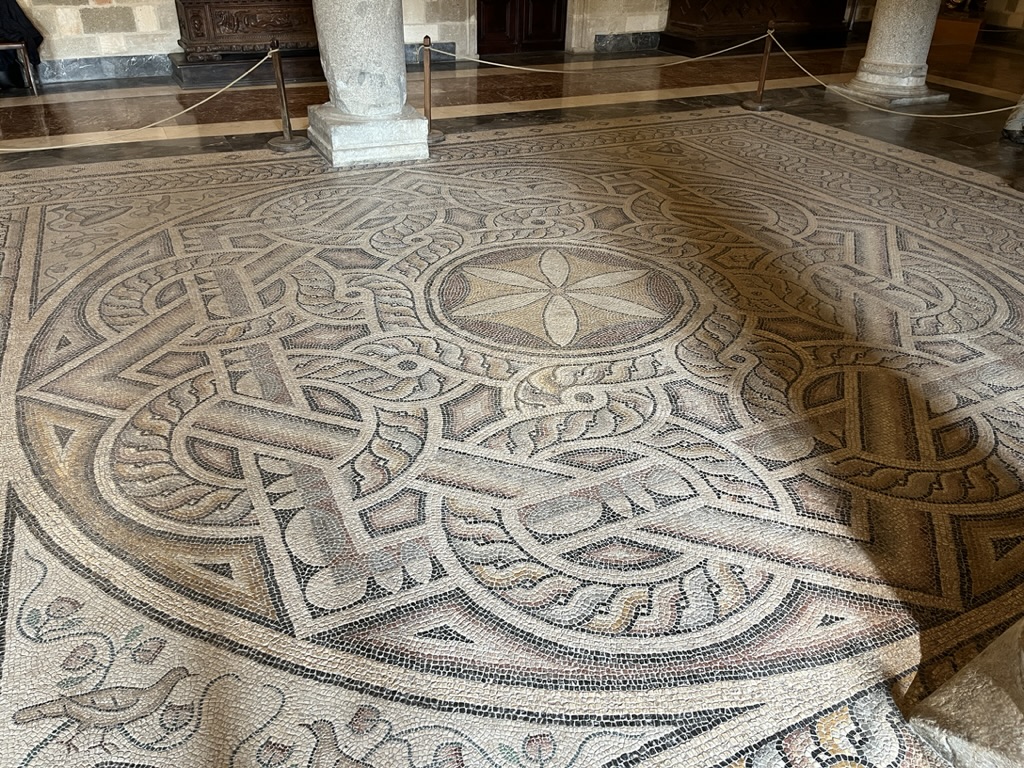
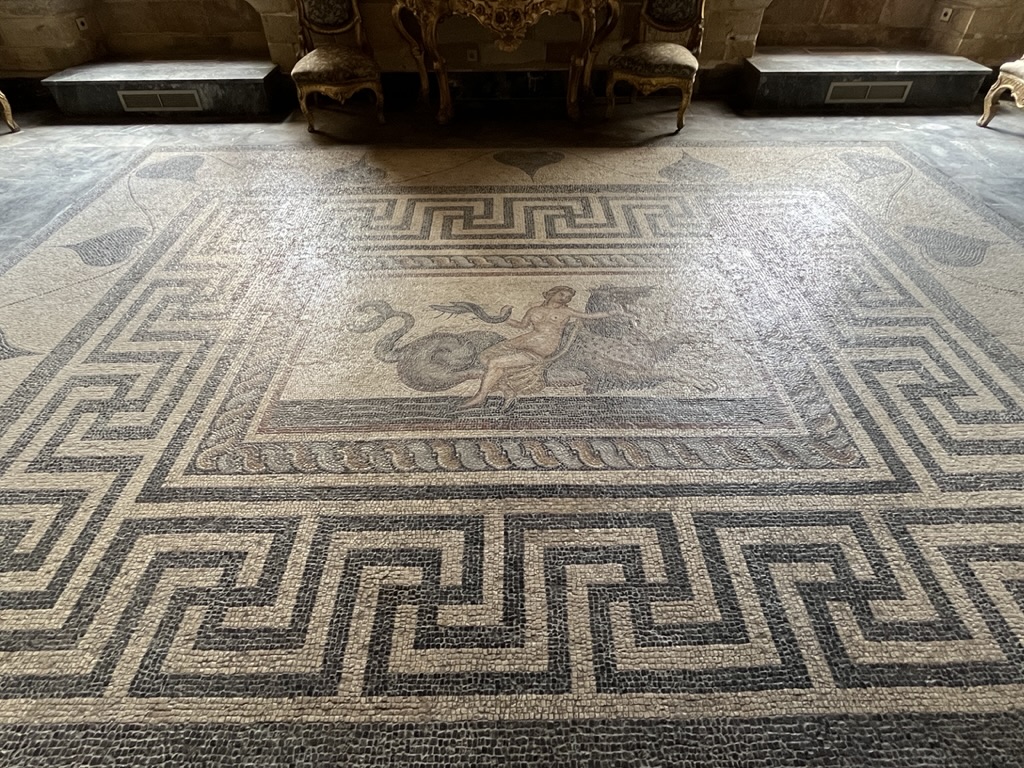
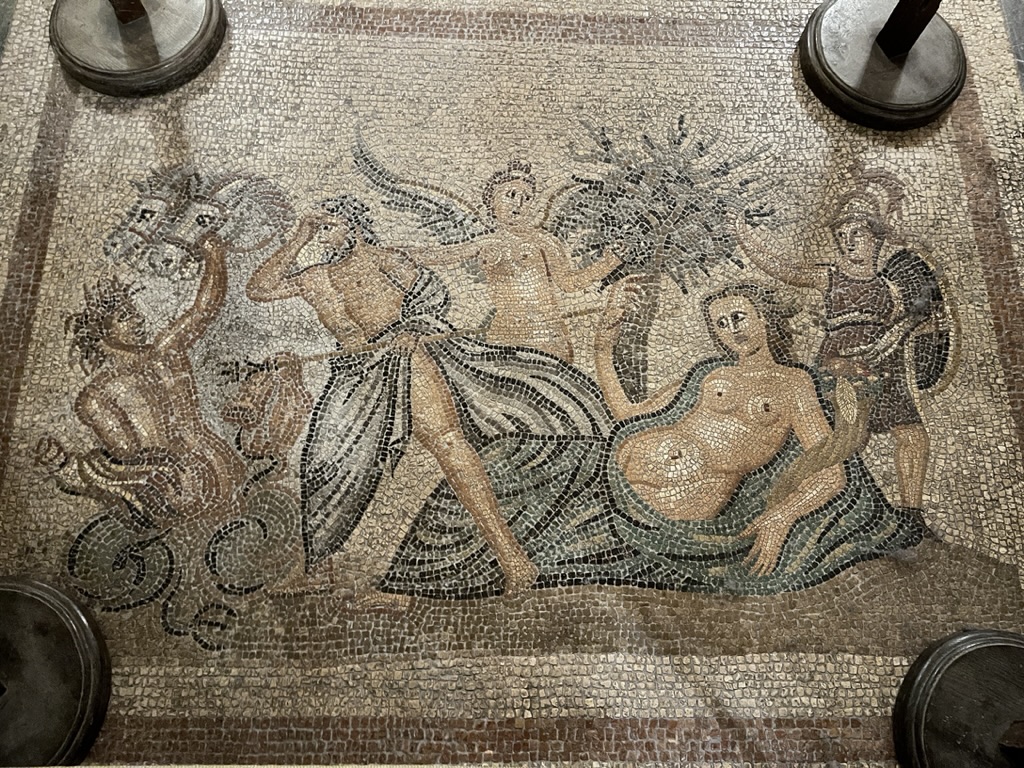
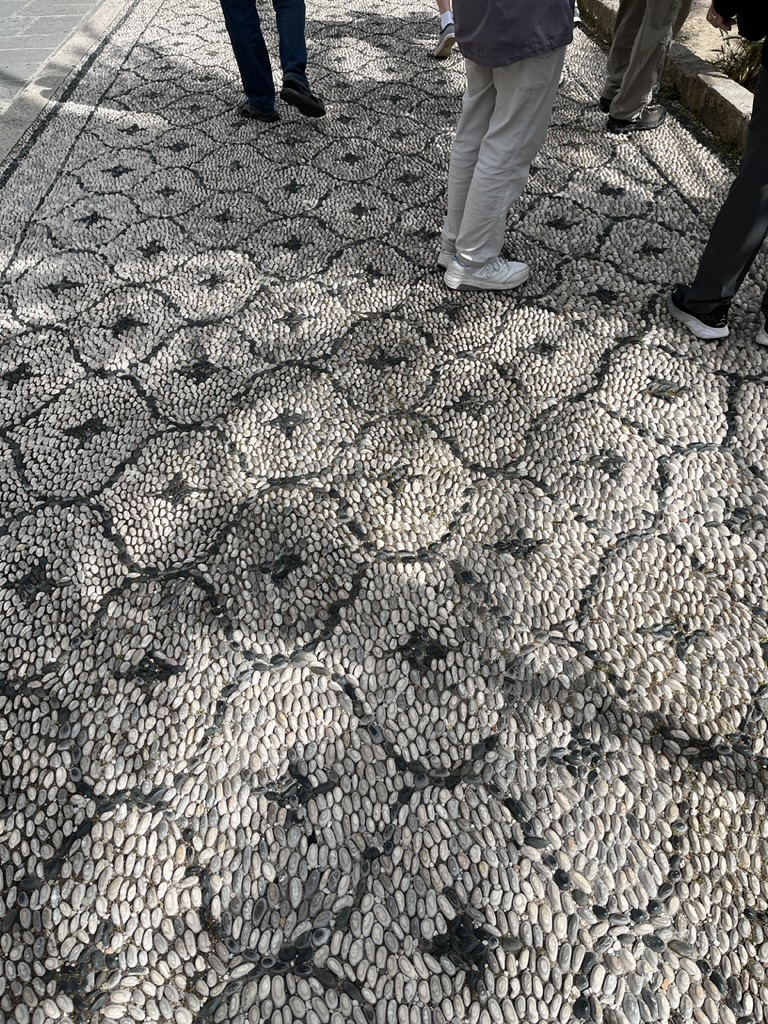
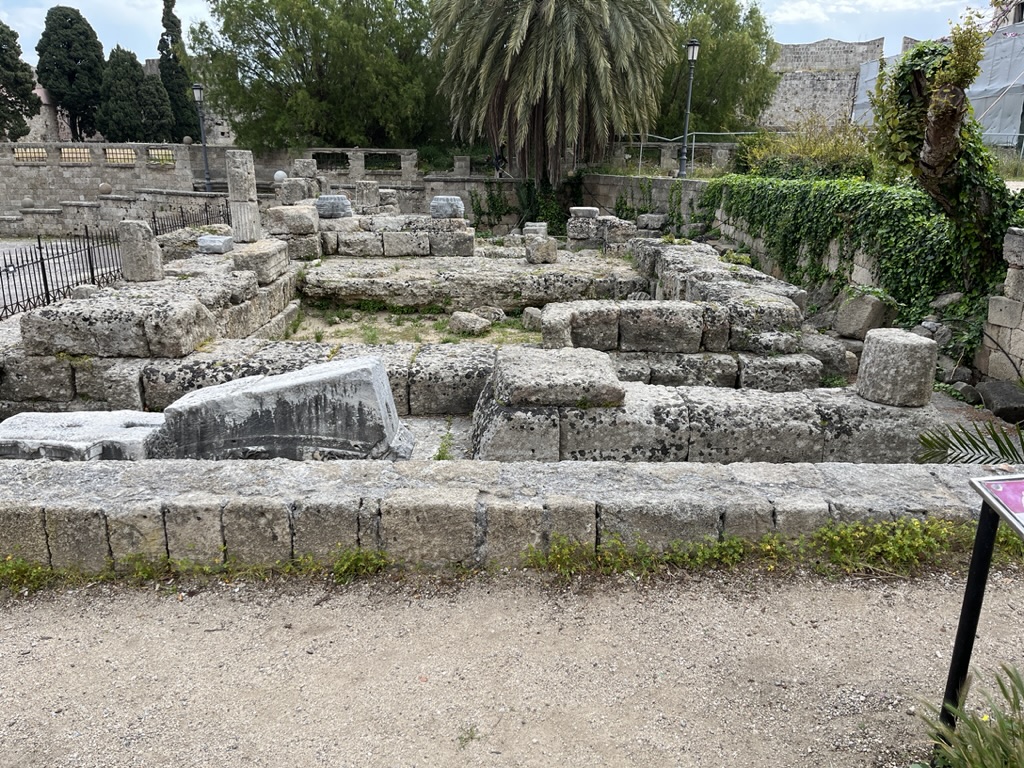
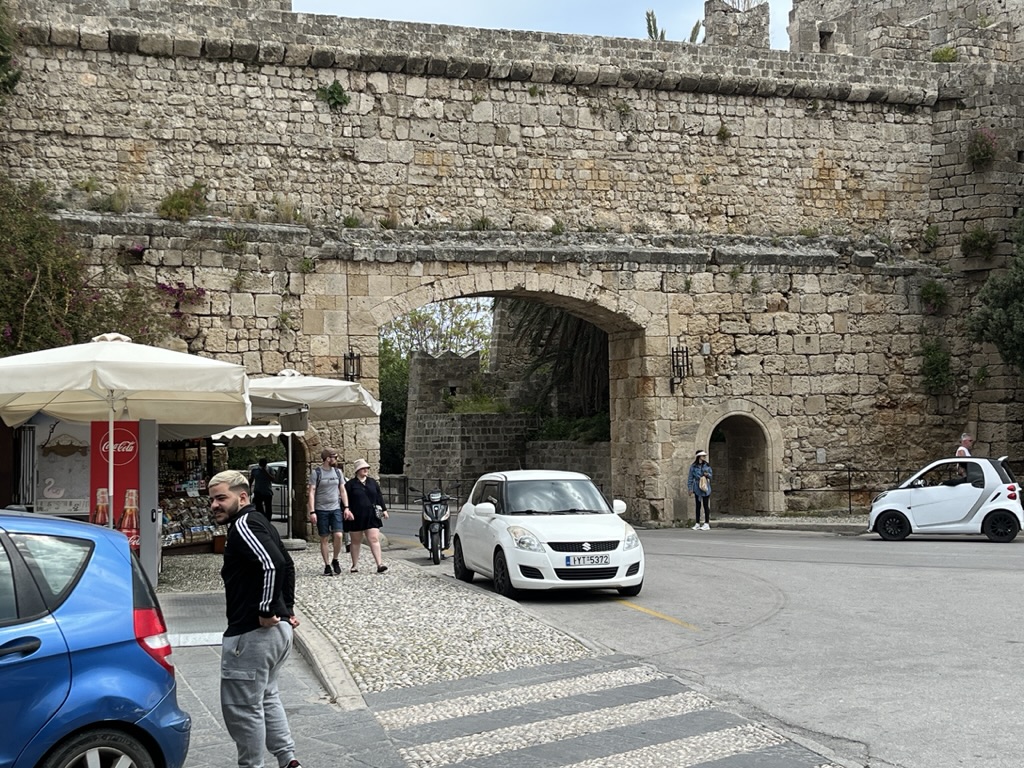
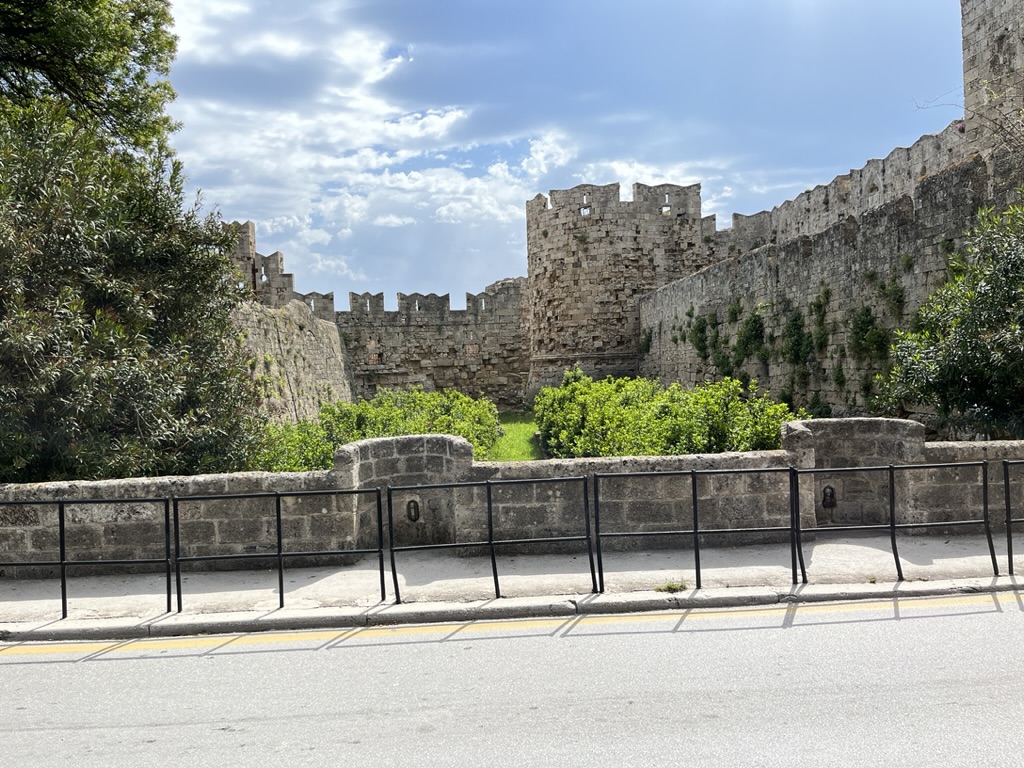
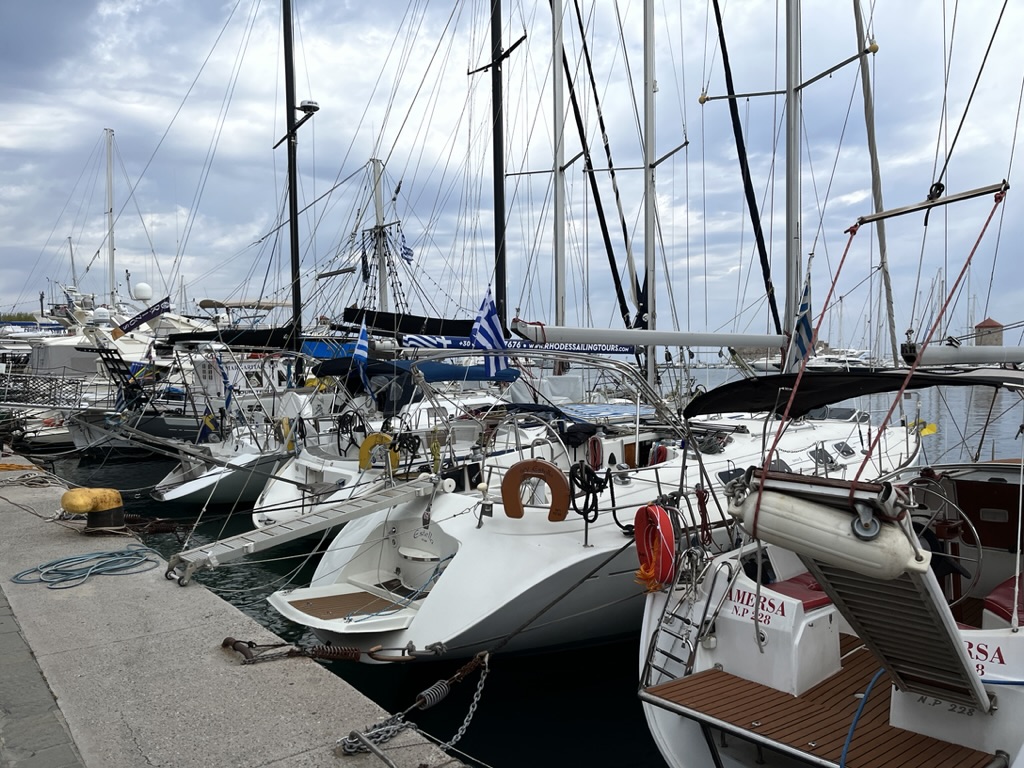
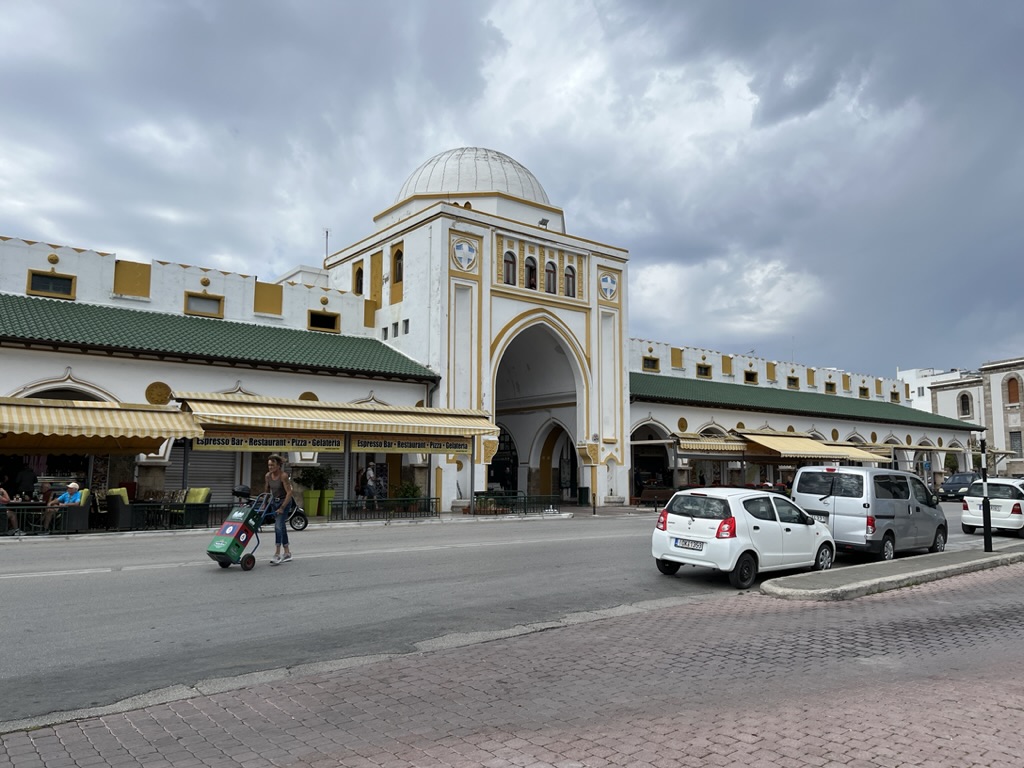
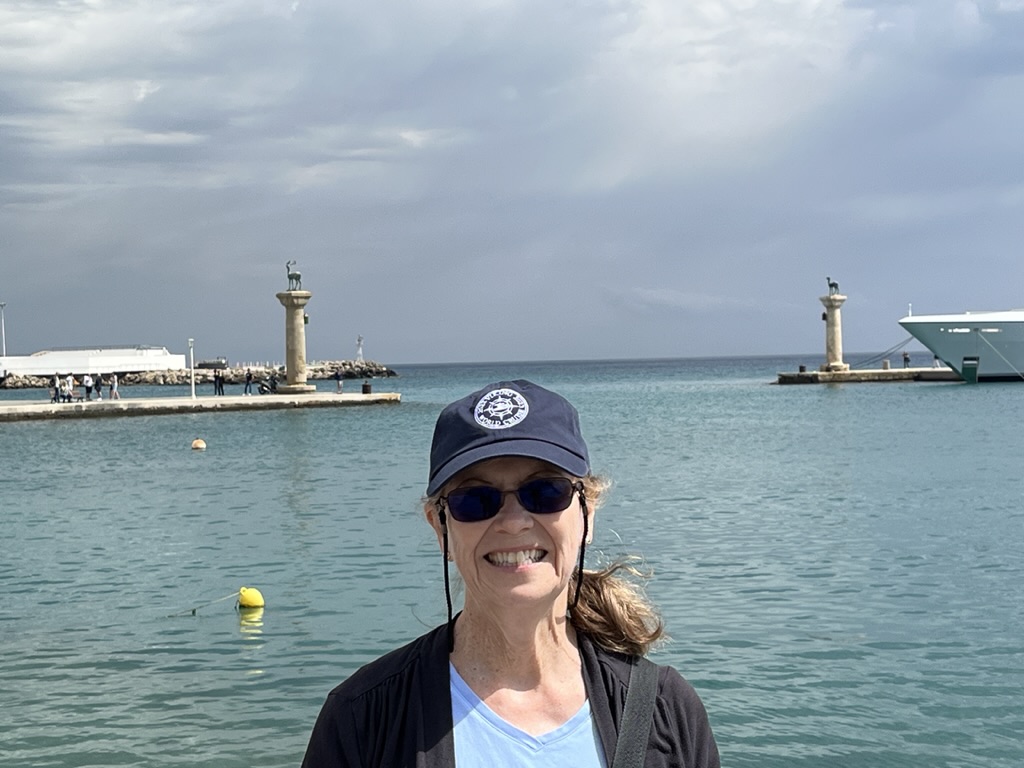
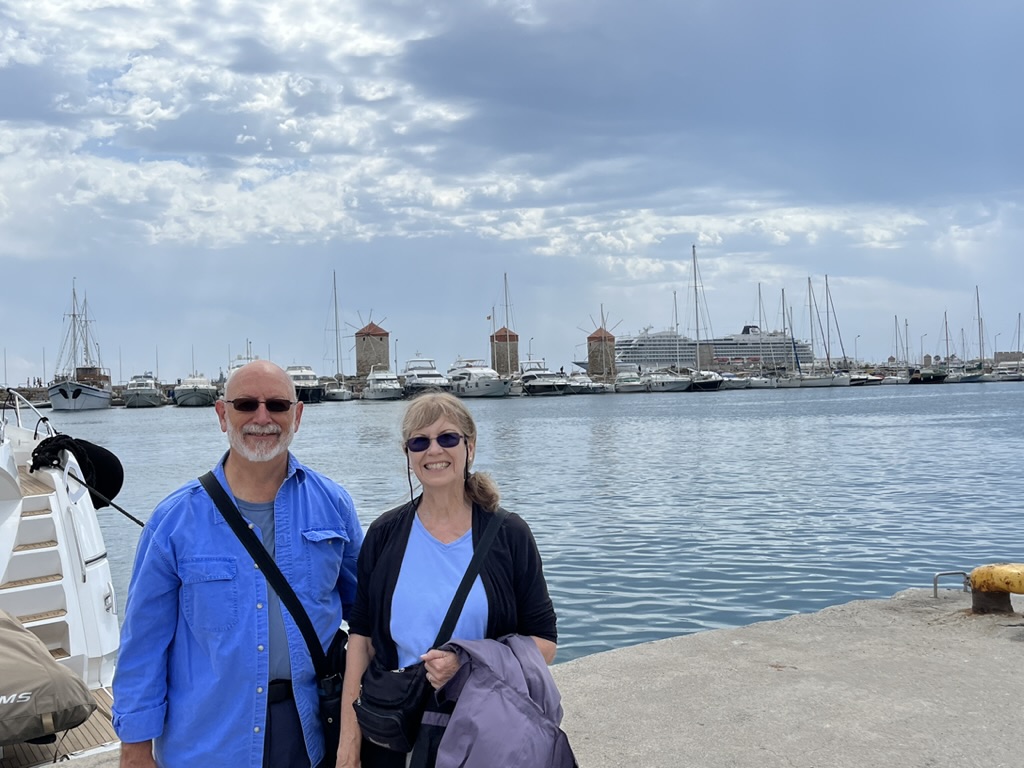
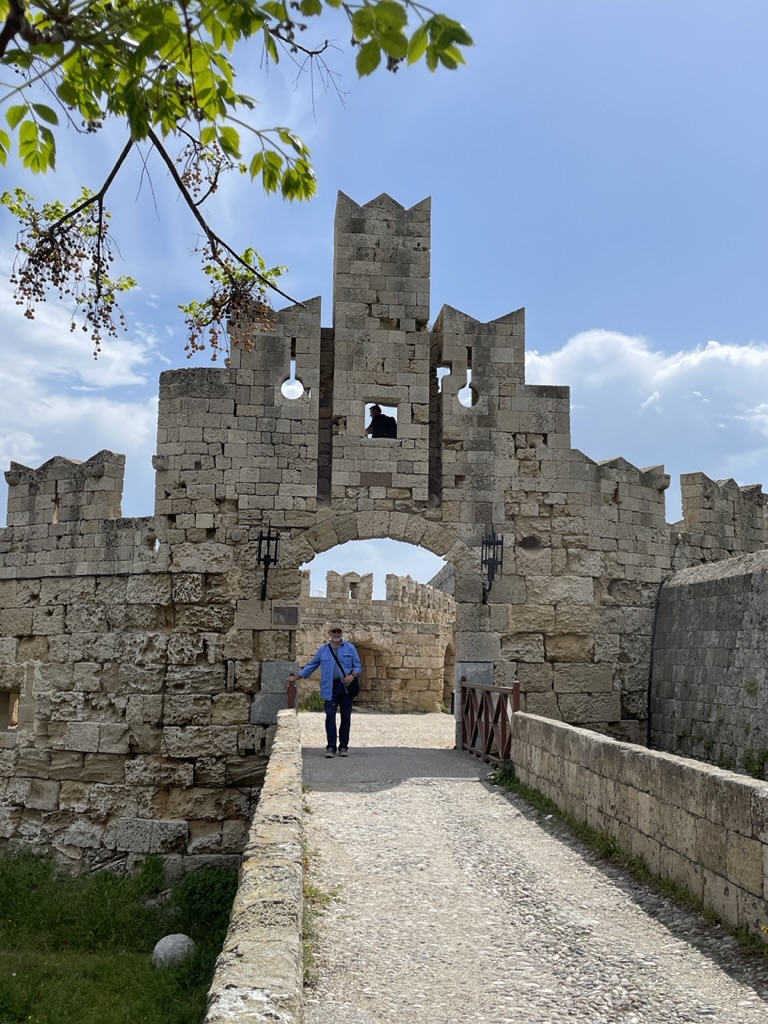
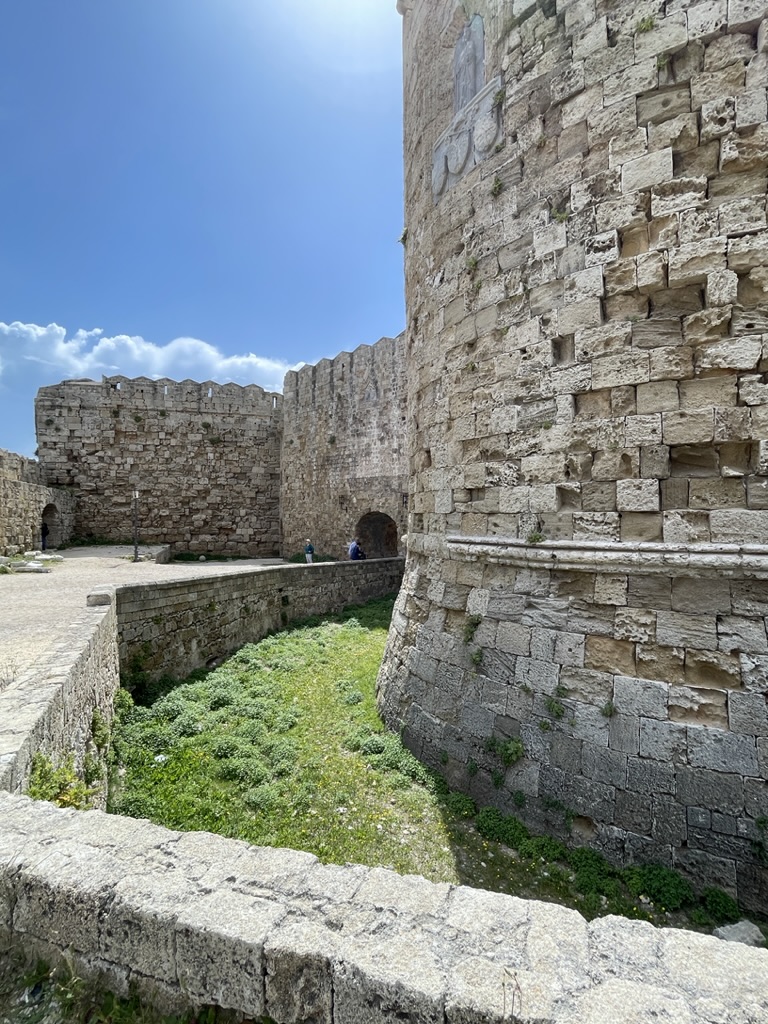
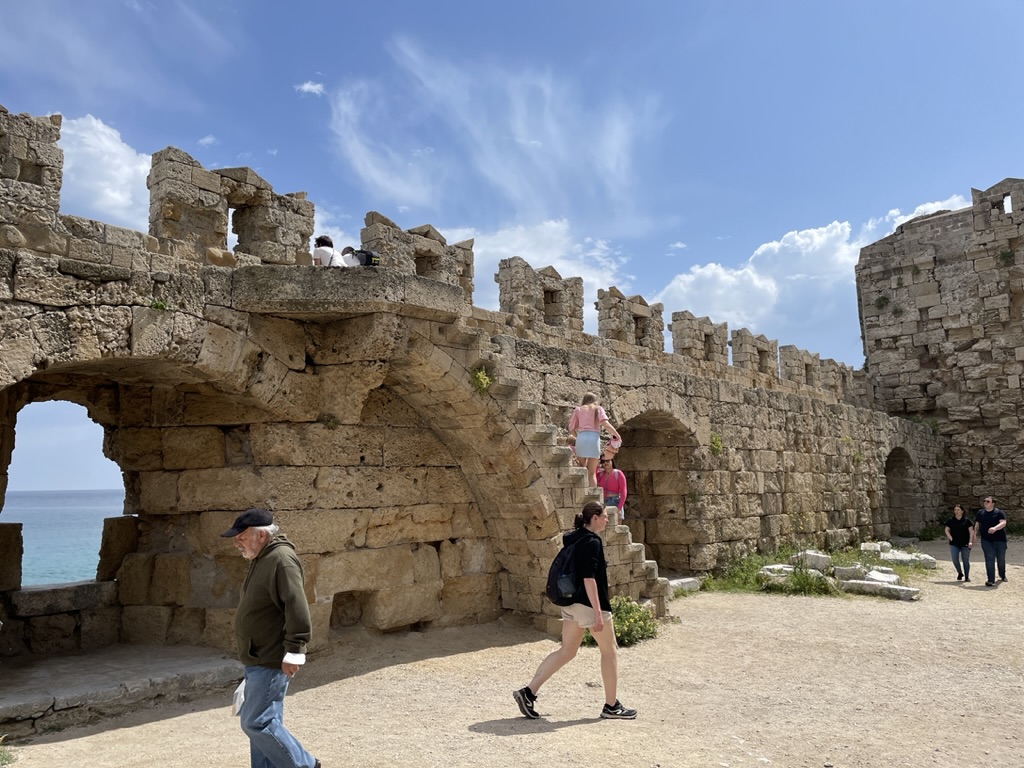
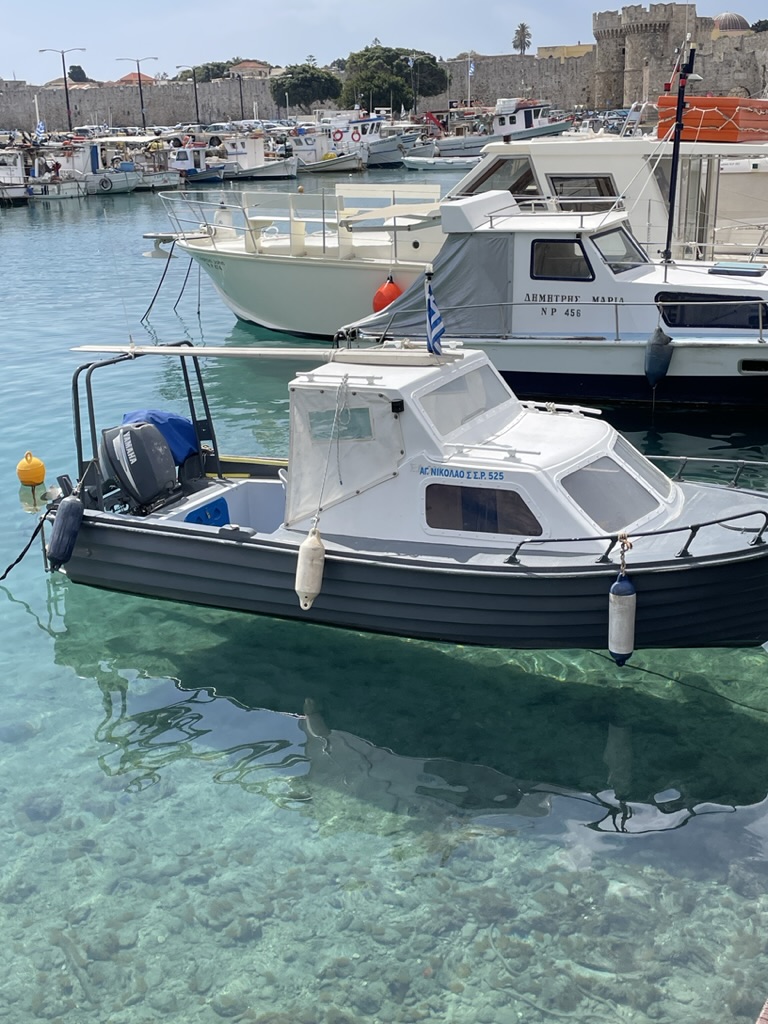
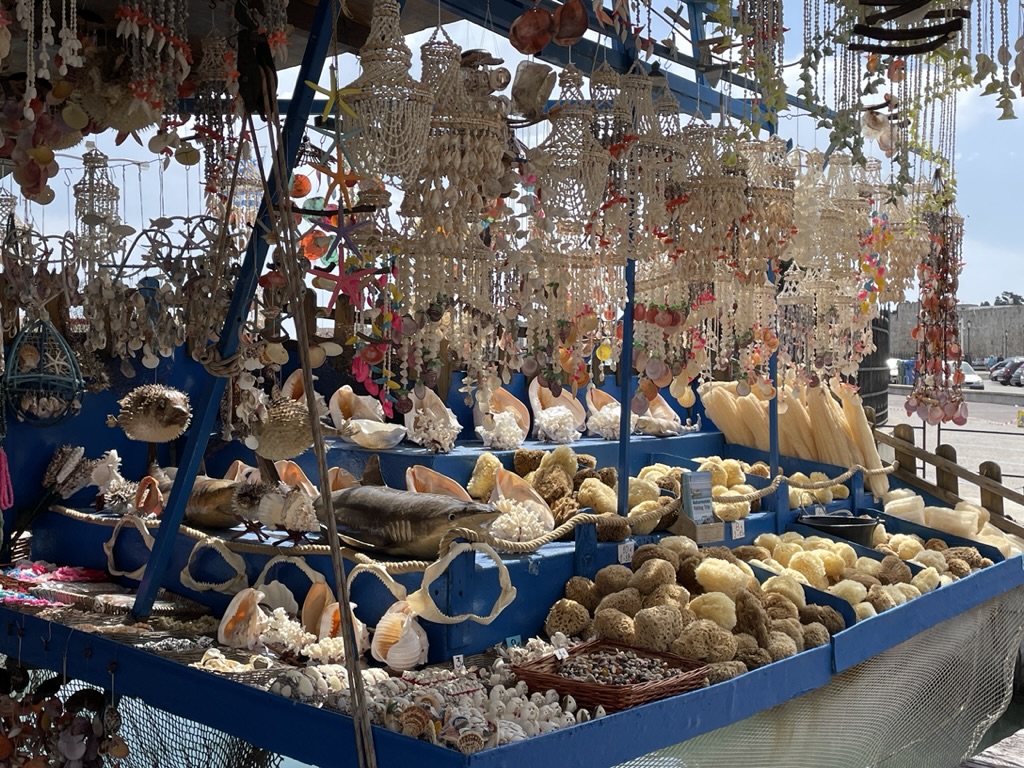
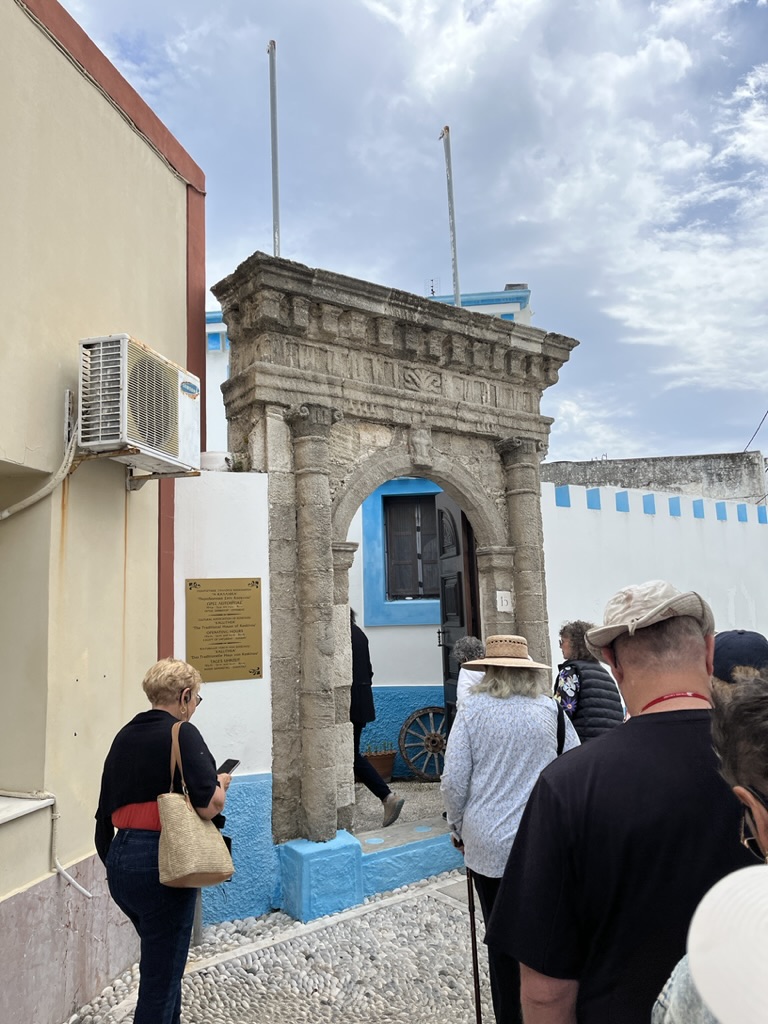
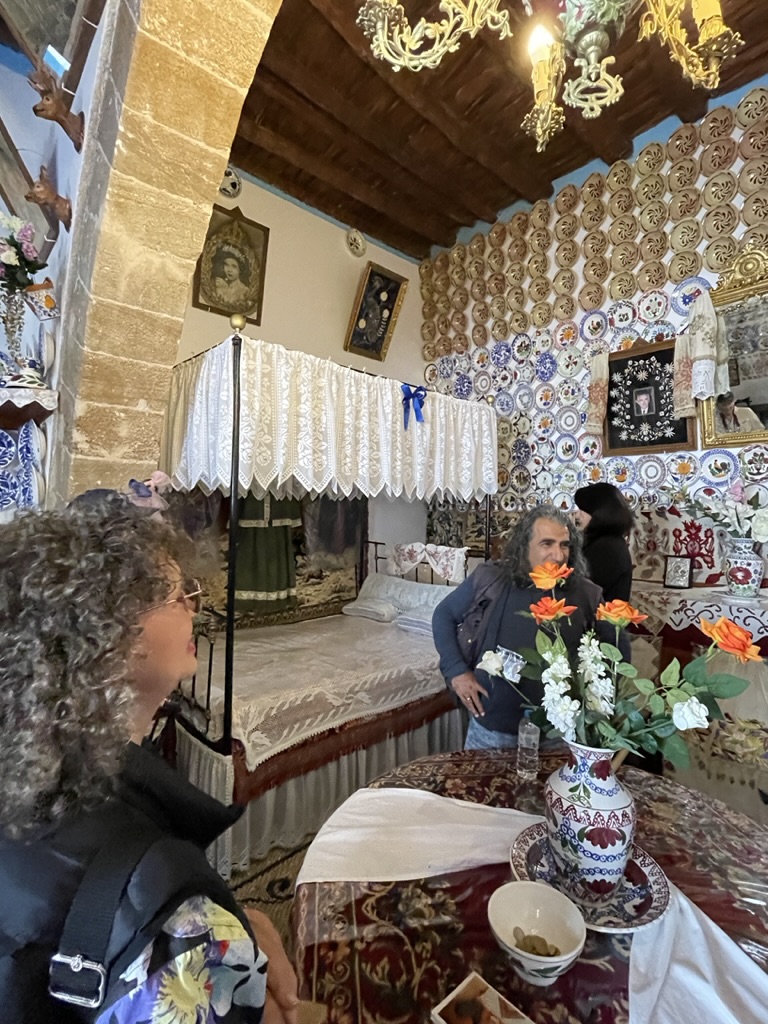
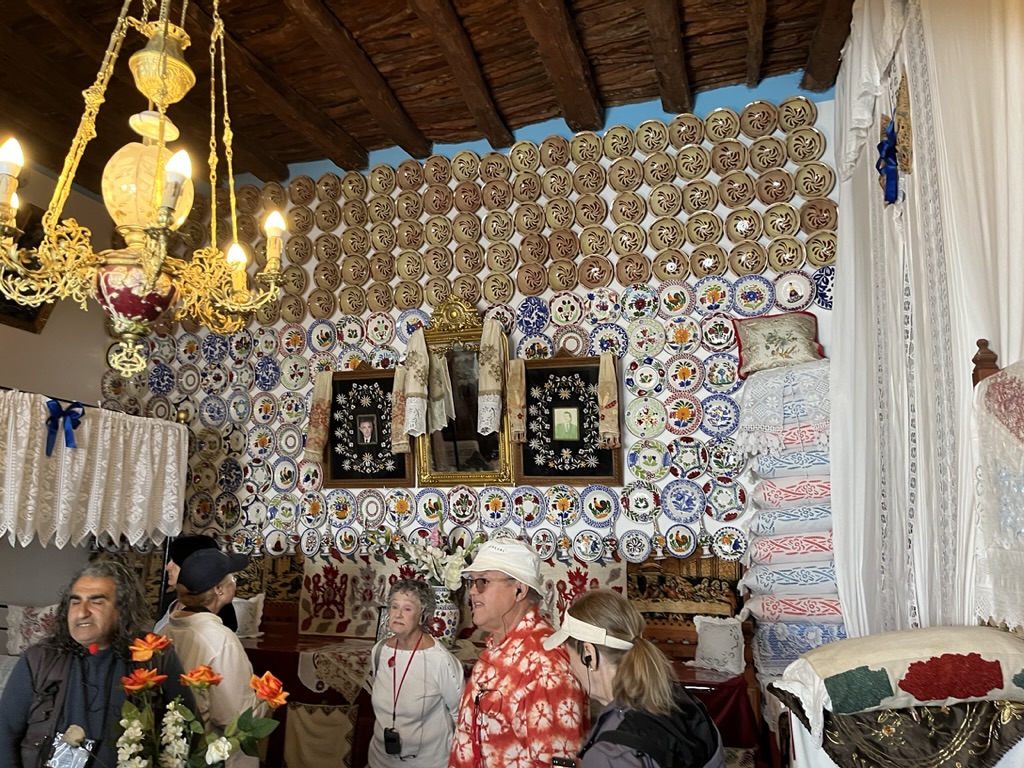
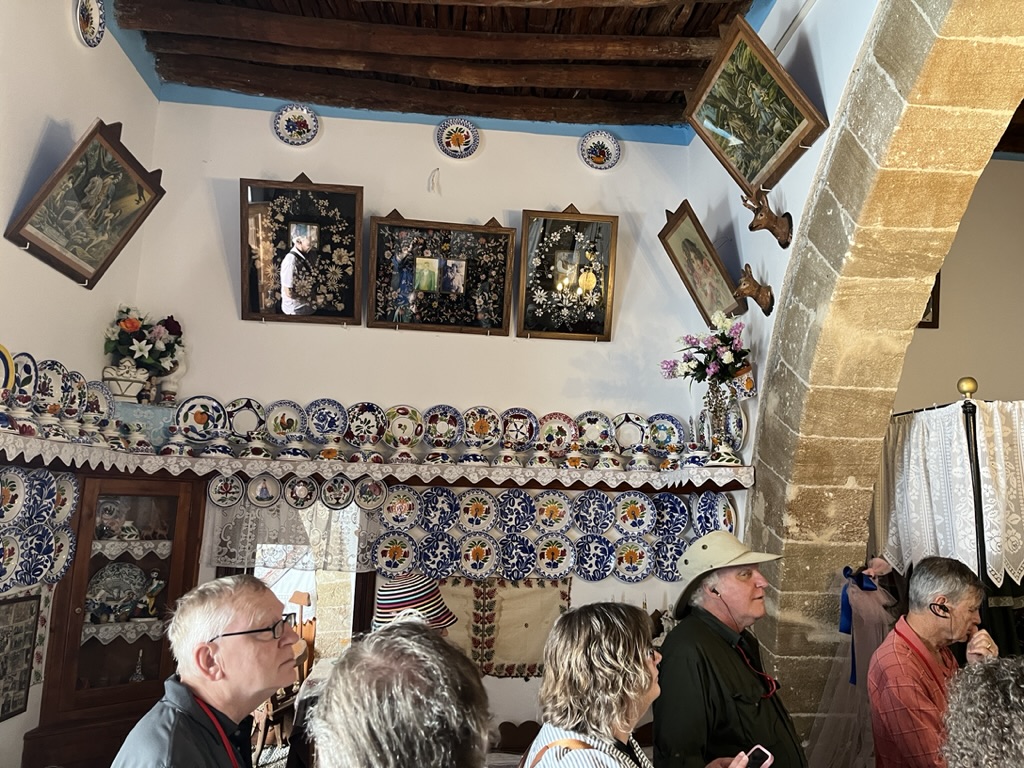
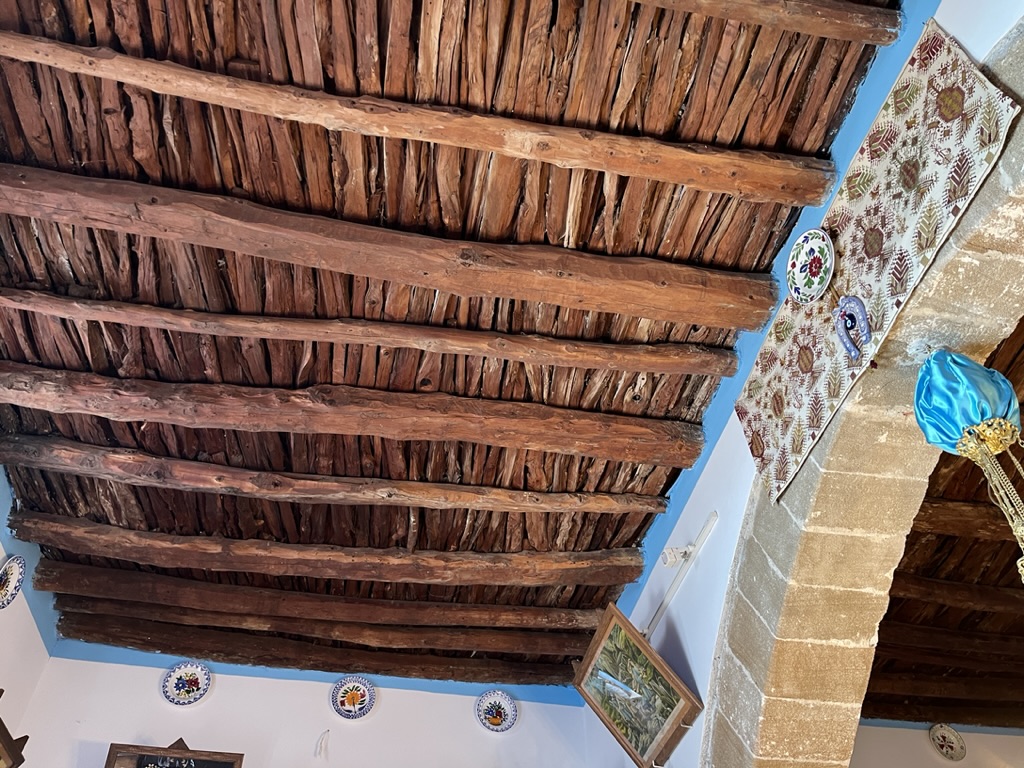
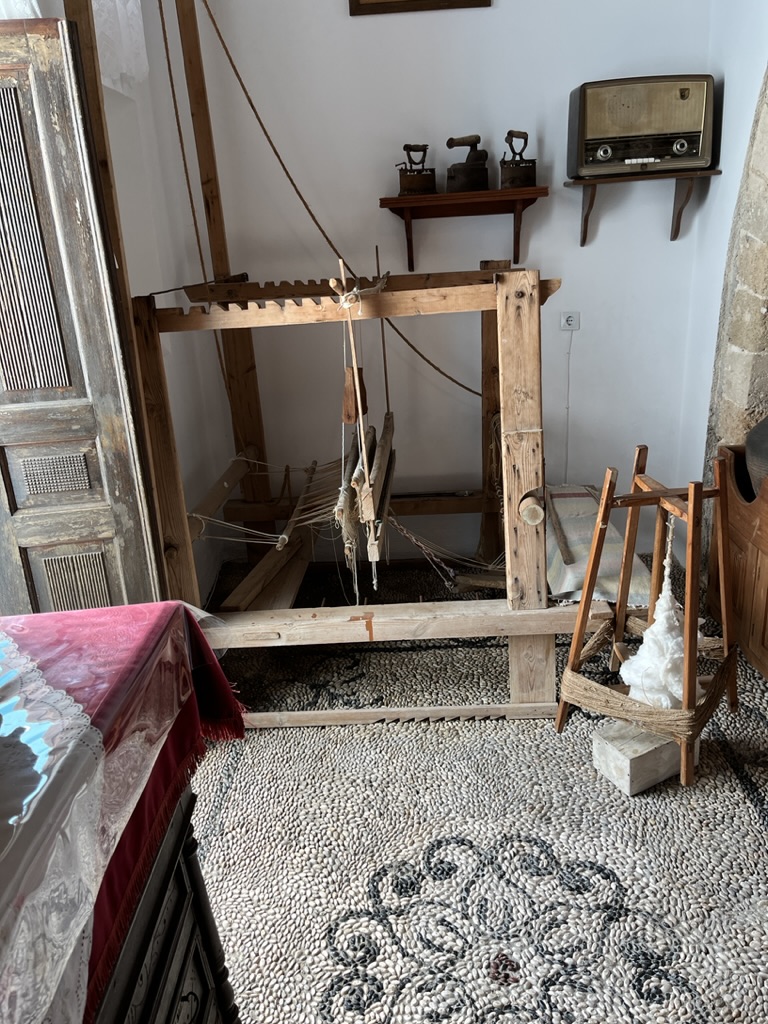
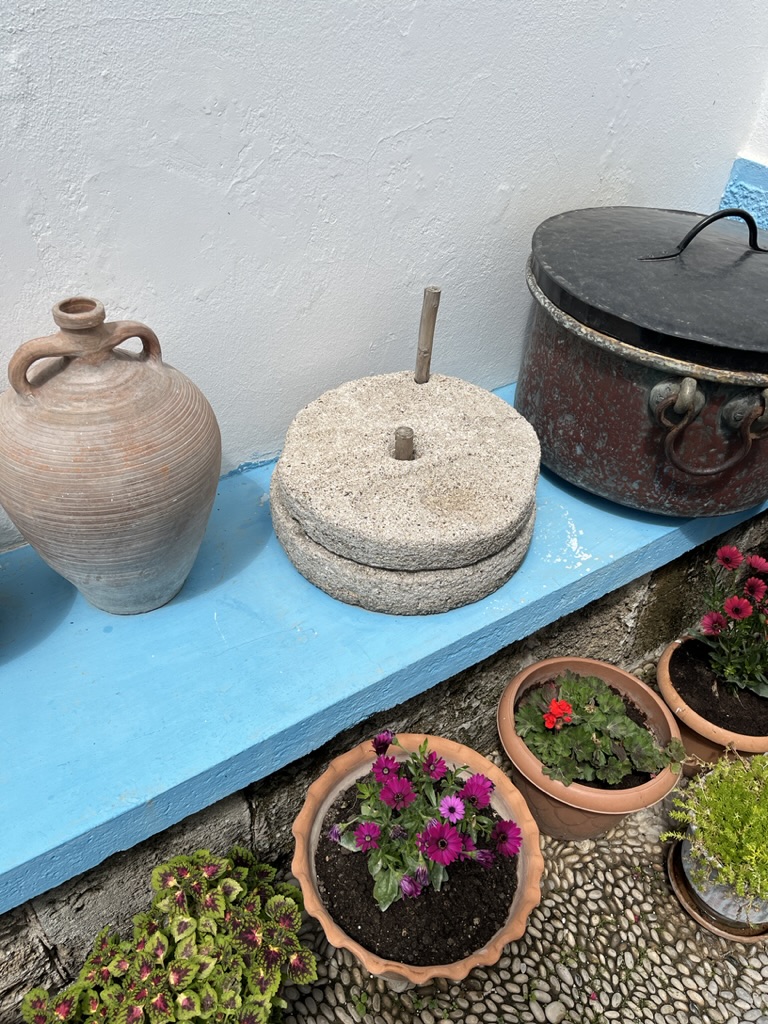
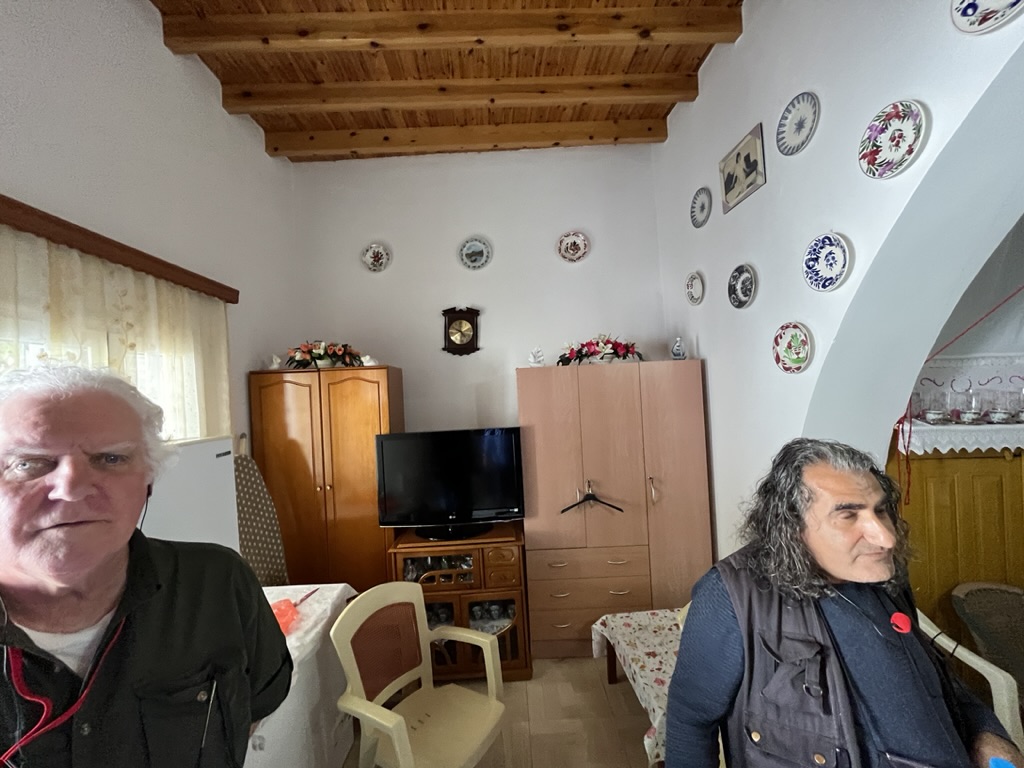
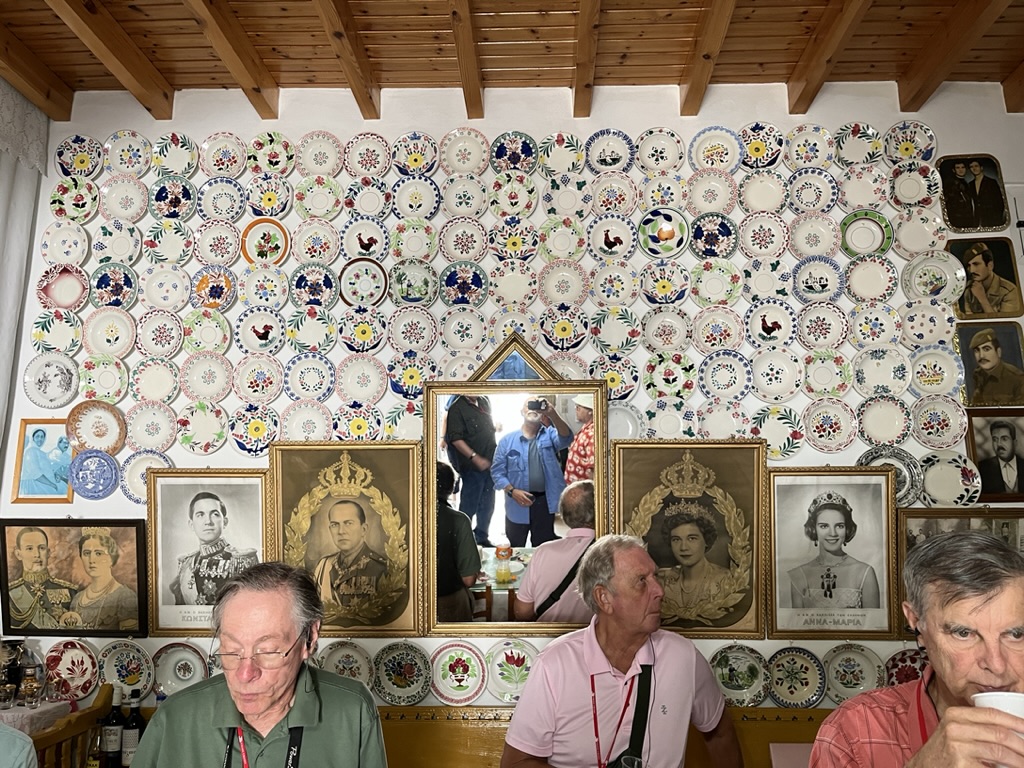
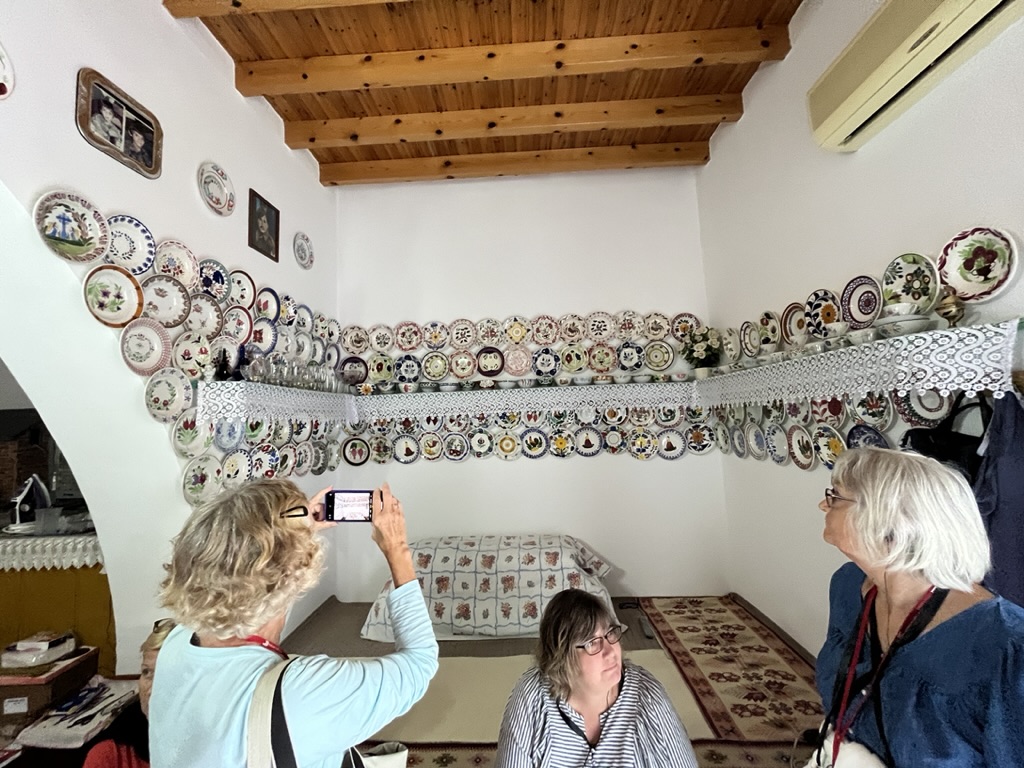
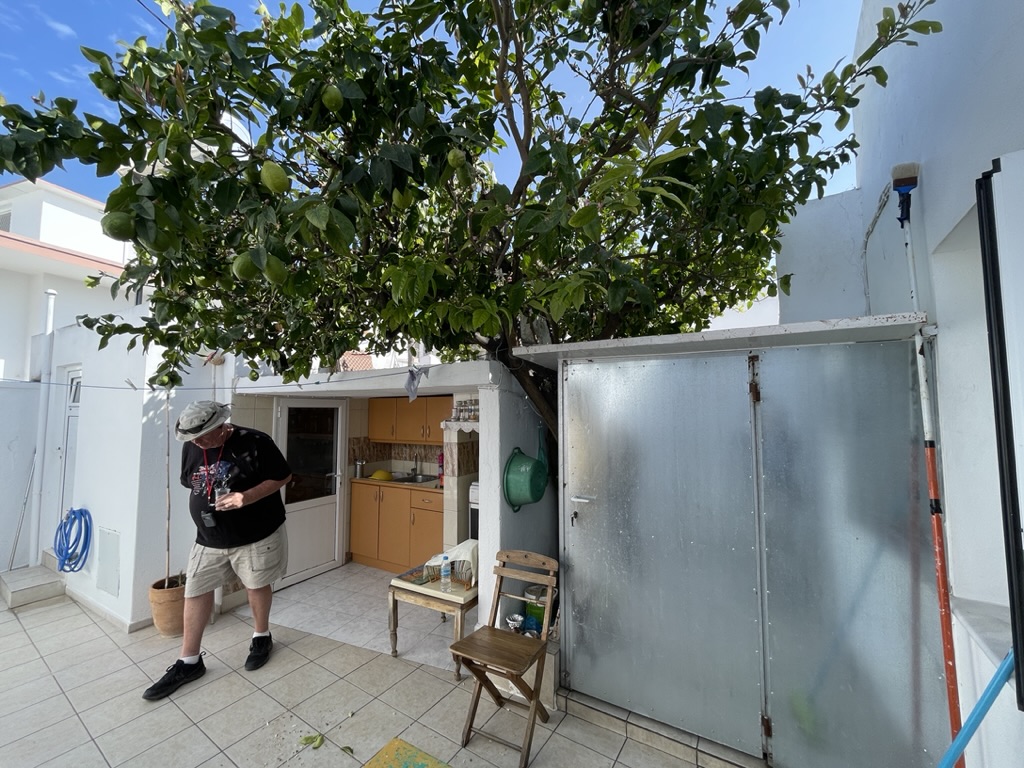
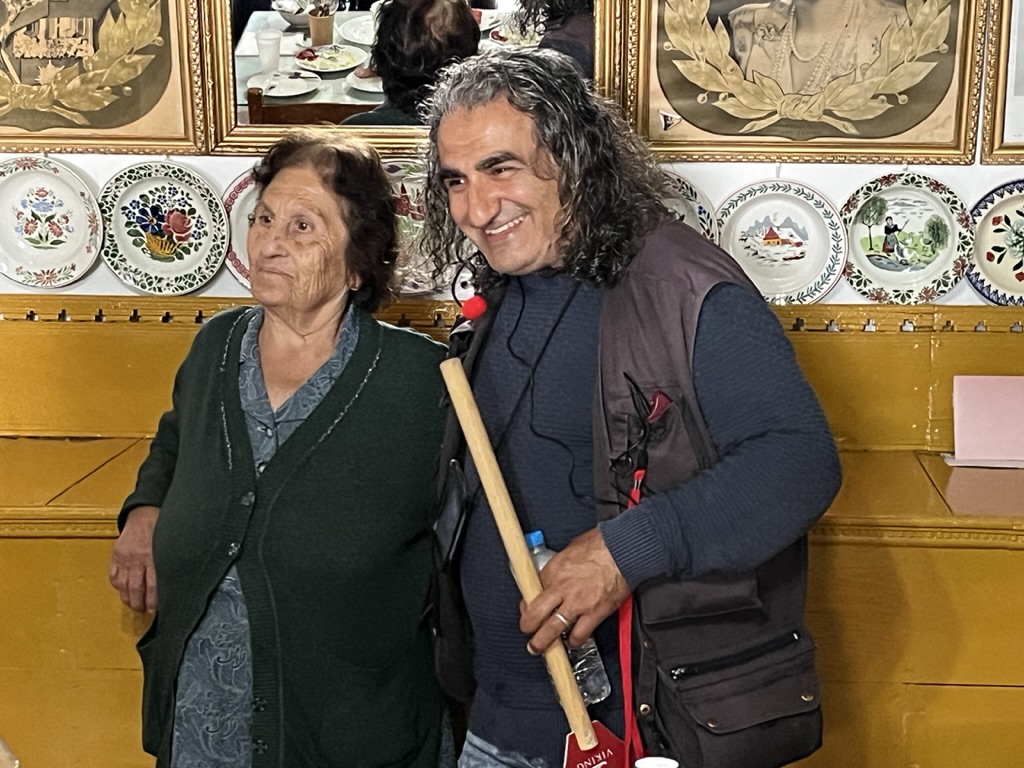
You are in the most beautiful waters in the world. Enjoy!
I freaked out a bit at the portraits on the wall- for a moment I wondered why she had a portrait of you on her wall.
I notice French and Greek are the two languages on the sign- thought that was an interesting choice.
My brain is marveling at how much time-jumping you’re doing between Ancient Egypt, Ancient Israel, Ancient Rhodes. . .it boggles the mind.